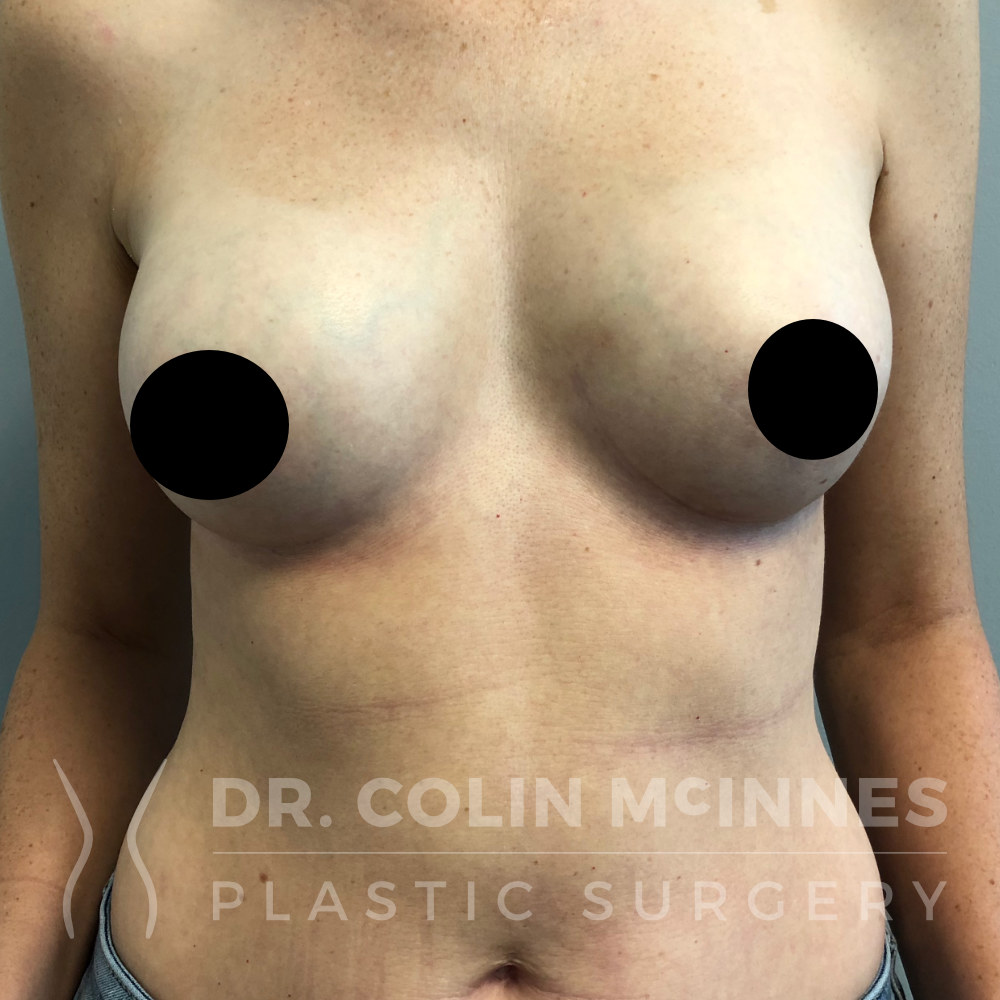Breast Augmentation Vancouver
What is Breast Augmentation?
Breast augmentation surgery typically involves using implants or fat transfer to increase the size of your breasts or restore breast volume. It is commonly requested after weight loss or pregnancy.
Benefits of Breast Augmentation
- Increase fullness and projection of your breasts
- Improve the balance of your figure
- Enhance your self-image and self confidence
Candidates for Breast Augmentation
- You’re desiring an increase if breast size, or projection
- Your breasts are fully developed
- You are dissatisfied with your breasts losing shape and volume after pregnancy, weightloss, or with aging
- You are unhappy with the upper part of your breast appearing “empty”
- You breast are asymmetrical
- One of both breasts failed to develop normally, or you have a tuberous breast
- You are physically healthy
- You have realistic expectations
- You need revisional surgery
What Is a Gummy Bear Breast Augmentation?
Gummy bear breast augmentation refers to a procedure using form-stable, highly cohesive silicone gel implants. These implants are known for retaining their shape even when cut in half, much like their namesake, the gummy bear candy. This type of implant is favored for its ability to provide a more natural look and feel compared to other types of breast implants.
What Breast Augmentation Won’t Do
Breast augmentation does not correct severely drooping breasts. If you want your breasts to look fuller and to be lifted This is the content: due to sagging, a breast lift may be required in conjunction with breast augmentation. Many patients will get a breast lift (mastopexy) alone if they only want reshaping of their breasts without the added volume, and others will reserve adding an implant until after a breast lift. Dr. McInnes will assist you in making this decision.
Consultation Process
During your consultation you will discuss:
- Your surgical goals and why you want the surgery
- Ideally, bring 1-2 printed photos you would like to look like.
- If you would like to try on sizers during your consultation, bring a white, well-fitting shirt (eg. tank top) to your consultation
- Your past medical history, including any breast conditions, medications, allergies, family history of breast cancer, and previous surgeries
Your surgeon will also:
- Examine and measure your breasts, including detailed measures of their size and shape, skin quality, placement of your nipples and areolas, and a check for any breast masses
- Take photographs
- Discuss your options and recommend a course of treatment
- Discuss likely outcomes of breast augmentation and any risks or potential complications
Prior to surgery, you may be asked to:
- Get a blood test
- Stop smoking
- Avoid taking blood thinners
Augmentation options:
If patients want implant-based breast augmentation, Dr McInnes prefers to use smooth round silicone implants, although saline implants are also available. There are anatomical limits that impact the size of the implant, such as the natural width of your chest and breast, you skin envelope, and your current breast size. These factors will be discussed with you in more detail when you meet Dr. McInnes. Fat grafting for breast augmentation is also an option.
Saline vs. Silicone
Silicone implants: are filled with a cohesive silicone gel. The gel feels a bit more like natural breast tissue than saline implants. If the implant ruptures, the gel may remain within the implant shell, or may escape into the breast implant pocket capsule (which is a layer of scar tissue that immune cells form around all implants). Unlike saline implants, a puncture in an implant filled with silicone gel will not deflate.
Saline implants: have a firm outer silicone shell are filled with sterile salt water. Should the implant shell leak, a saline implant will deflate and the saline will be absorbed and naturally expelled by the body.
*Dr. McInnes only offers smooth walled implants and has never used textured implants.
Fat Grafting Breast Augmentation
Fat grafting to the breast can be used in conjunction with your breast augmentation to help fill a specific defect, or as a standalone procedure for small defects or modest increases in breast volume. This process entails using liposuction to “steal” fat from one area of your body (commonly the inner thighs or the love handles) and transfer it to your breast. This is an option for women who are looking for a relatively small increase (eg. 1 cup size) in breast size and would prefer to avoid using implants. On average, approximately 60% of this transferred fat survives, as some will get absorbed by the body. Depending on your volume goals, you may require a second procedure to obtain your desired volume. The surviving fat will still function as fat, and therefore the size can fluctuate along with your weight. Risks include cysts formation, infection, microcalcification, and fat necrosis, among others.
The Procedure
Step 1: Anesthesia
Medications are administered for your comfort during the surgical procedure. The choices include intravenous sedation and general anesthesia. Your doctor will recommend the best choice for you.
Step 2: Incision
Incisions are made in inconspicuous areas to minimize visible scarring. Dr. McInnes will discuss which options are appropriate for your desired outcome at your consultation. Most commonly, Dr. McInnes utilizes a small incision at the base of the breast that hides in the breast fold. Unlike the periareolar incision, this incision does not require transection across breast glands.
- inframammary incision
- periareolar incision
Step 3: Pocket formation
After the incision is made, a breast implant is inserted into a pocket created usually half above and half below the pectoralis muscle. This technique allows the implant to round off the bottom pole of the breast while covering the upper half of the implant with muscle to minimize visible rippling. In patients with already large breast volume, the implant may be placed entirely above the muscle.
Any blood vessels are carefully cauterized during the pocket formation process. The pocket is then washout out multiple times with antibiotic solution, the skin is re-cleansed with antiseptic solution, and the implant is placed. Dr. McInnes usually uses a Keller Funnel® in a no-touch technique, which minimizes any trauma to the implant and allows it to easily slide into a clean environment.
Step 4: Closure
Incisions are they closed in a multilayered fashion with absorbable sutures, followed by surgical tape.
Step 5: Results
The results of breast augmentation are immediately visible. Over time, post-surgical swelling will resolve and incision lines will fade. Also, submuscular implant will sometimes sit “high” for a period of time, before settling down as the soft tissue relaxes.
Recovery after surgery
After surgery you will be taken into a recovery area to be closely monitored. Your breasts will be wrapped in a small dressing and an elastic bandage or support bra will minimize swelling and support the breast as they heal. Breast augmentation surgery is usually day surgery and someone will take you home after your surgery once you have recovered. You will need to have someone drive you home, and ideally stay with you the night of your surgery.
Before leaving you will be given specific instructions on post-operative care, a prescription for pain medications, and when to follow up with Dr. McInnes.
Cost
Prices of breast augmentation surgery vary based on your individual surgical requirements and will be provided after your assessment. Your quoted cost will include the following:
- surgical facility fee and nursing staff fees
- the anesthesiologist fee
- all surgical supplies costs
- implant costs
- surgeon fee
Breast Augmentation FAQ's
How much pain will I be in after surgery?
This depends on various factors, and of course everyone has a different pain tolerance. Implants placed below the muscle cause it to stretch, and this is typically more painful initially until the muscle gets used to this new position. Dr. McInnes believes in multi-modal pain treatment as it has shown to be the most effective and decreases the use of narcotic pain medications. He will commonly treat his patients with a combination of acetaminophen (Tylenol), ibuprofen (Advil), and a short course of narcotic.
I’ve heard of BII, what is that?
Concerns over breast implant safety and side effects have spanned decades, and plastic surgeons are extremely active in researching the safety of breast implants. Breast implant illness (BII) is a controversial term used to describe a wide range of symptoms that some women have attributed to breast implants. . Common complaints have included fatigue, concentration difficulties, and joint soreness. At present, the science is unclear if this is a true entity, however due to the difficulty is studying such a vast number of vague symptoms, Dr. McInnes feels it could be possible in certain cases. It is exceedingly difficult to separate things like fatigue and concentration difficulties from natural changes that would have occurred due to age and normal hormonal changes. While there are large scale studies which show that non-textured breast implants are safe, Dr. McInnes believes in keeping an open mind, particularly in medicine. He will discuss BII with you in more detail at your consultation as there are other options available, such as fat grafting.
What is ALCL?
ALCL (anaplastic large cell lymphoma) is a type of lymphoma that has been associated with textured breast implants, which Dr. McInnes does not use. To date, there has not been a single reported case associated with a history of only smooth implant use. As a precaution, most plastic surgeons in North America are no longer using textured implants. The disease usually manifests with a very swollen breast, on average 10 years after implant placement.
ALCL can occur in people without breast implants, however there has been an association seen with the use textured breast implants. At present, the risk in patients with textured implants appears to be between 1:3,000 - 1:10,000 (in comparison, the incidence of breast cancer for women is 1:8). This disease is being aggressively studied by plastic surgeons across North America and in the world. The vast majority of cases are cured by removing the implants and associated capsule, without the need for medical treatments. Dr. McInnes stays up to date with the latest information on ALCL and breast implant safety, and will be happy to discuss risks of implants with you.
Will I need to change out my breast implants?
Breast implants are not designed to last a lifetime, and your implants may need to be replaced at some point. Breast tissue and skin continues to change for various reasons including aging, weight fluctuations, hormonal factors and gravity, and these can all change to look of your breasts after breast implant surgery. Implant companies typically recommend changing them out after a period of 10 years, however many patients have their original implants in place for well beyond that with no issues.
Risks
There are risks associated with your surgery. Please download the consent form designed by the American Society of Plastic Surgeons (ASPS) for a detailed list and description of the risks involved (found here). Risks of surgery will be discussed prior to your consent. It is important to address all your questions directly with Dr. McInnes.
Other considerations:
- Breast implants are not guaranteed to last a lifetime and future surgery may be required to replace one or both implants.
- Pregnancy, weight loss, and menopause may influence the appearance of augmented breasts over the course of your lifetime.
- Breast augmentation requires regular examinations of your breasts health and to evaluate the condition of your implants.
Breast Job Cost in Vancouver
The cost of a breast augmentation, or breast job, in Vancouver is based on individual surgical requirements and the exact procedures you require will be provided after your consultation. A breast augmentation starts at $11,750. Financing plans are available and are an increasingly popular option.
Before & After Photos
Bilateral Breast Augmentation
Before
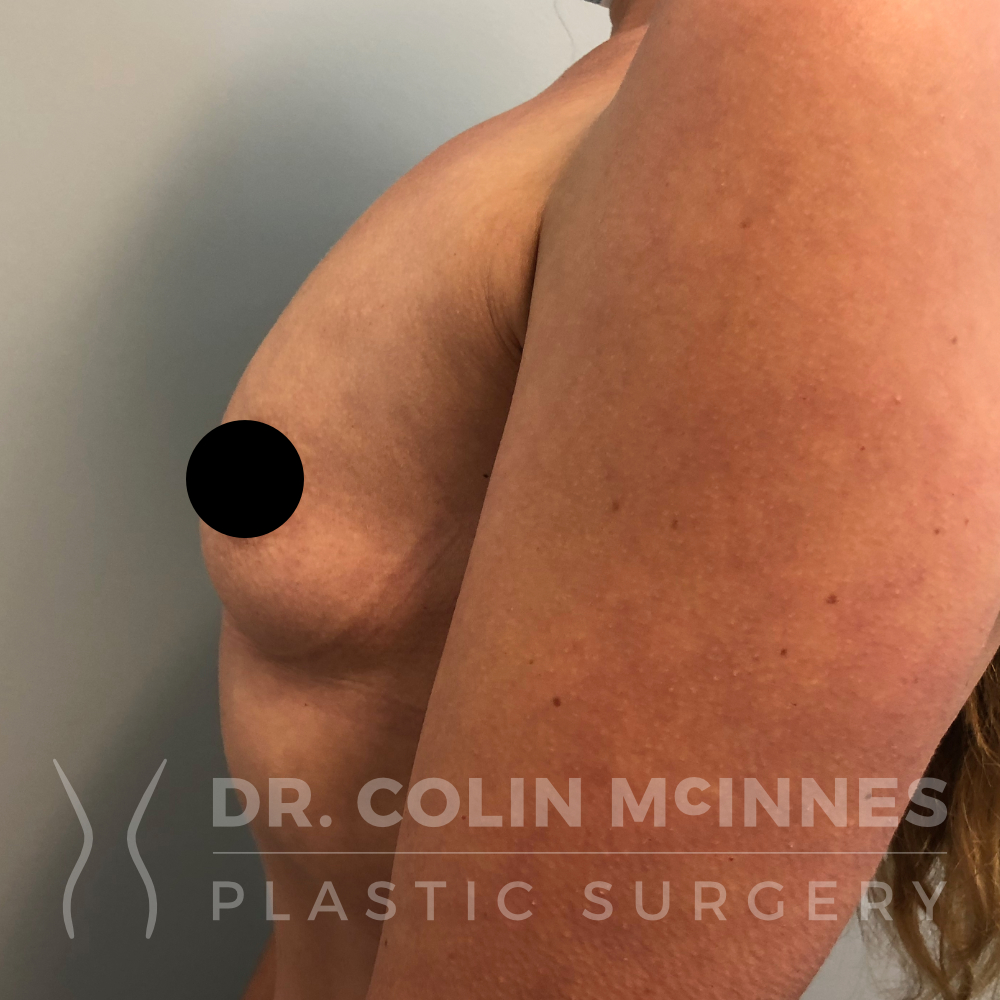
Post-Op

Bilateral Breast Augmentation with Internal Bra Support
Before

3 months post op
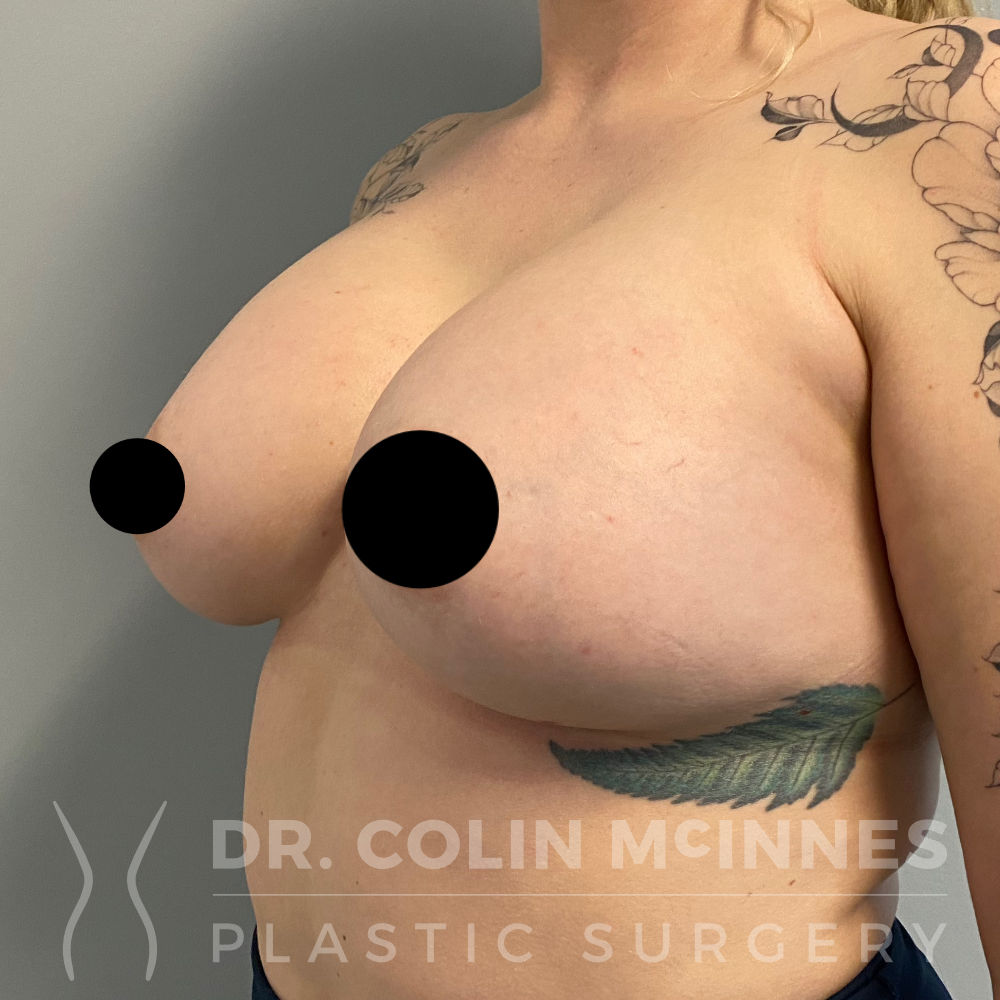
Bilateral Breast Augmentation with Internal Bra Support
Before

3 months post op
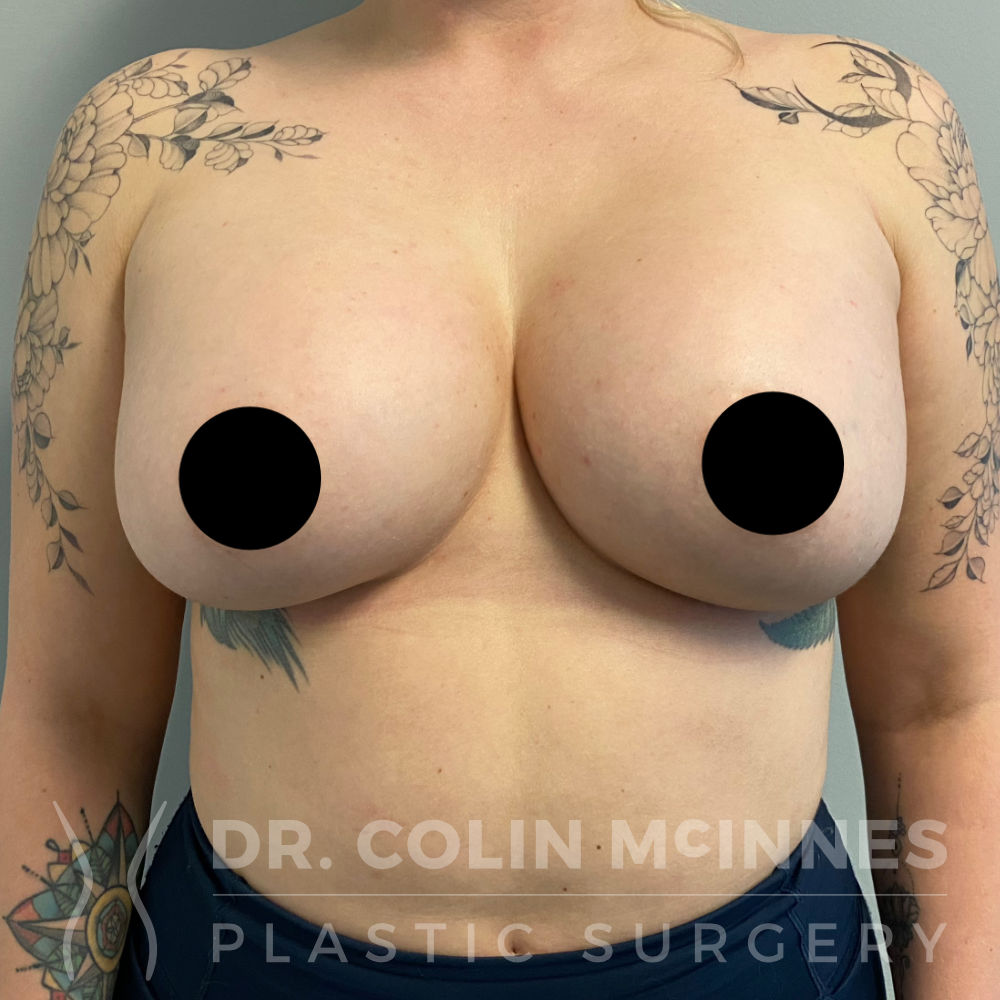
Bilateral Breast Augmentation with Internal Bra Support
Before
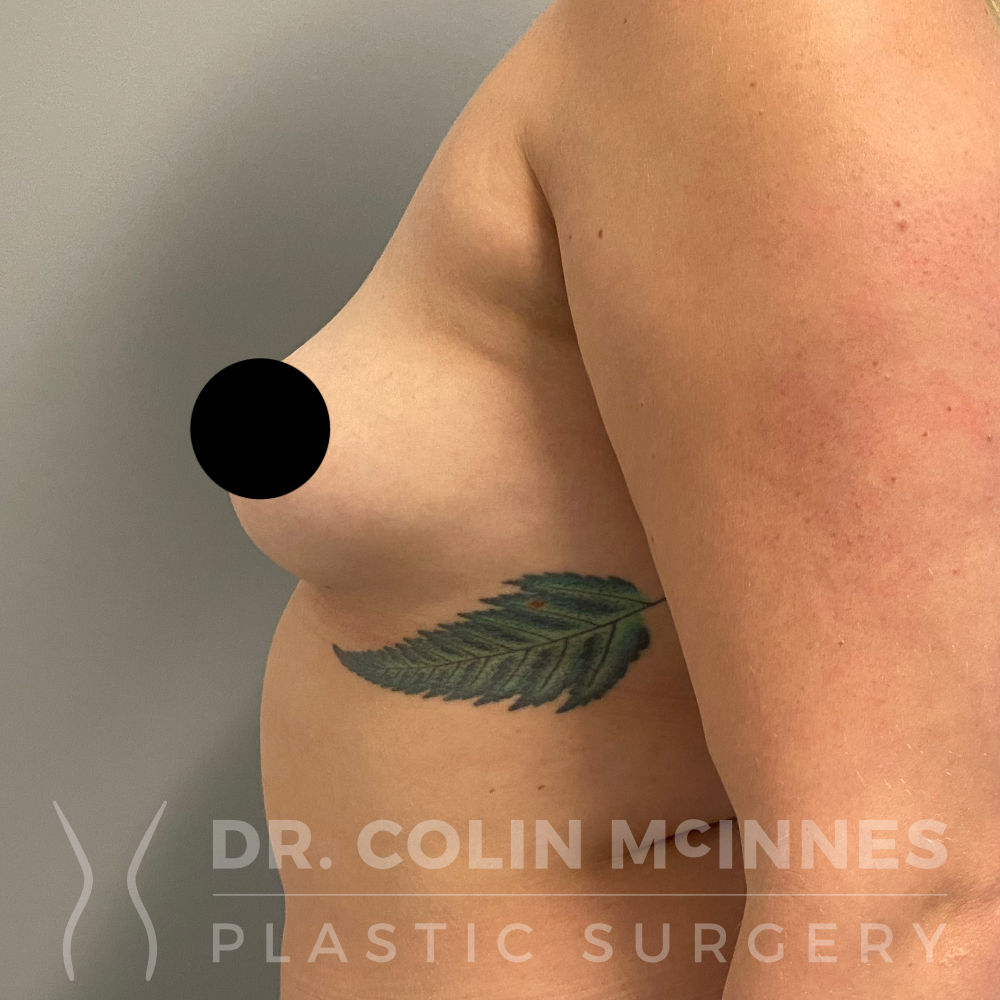
3 months post op
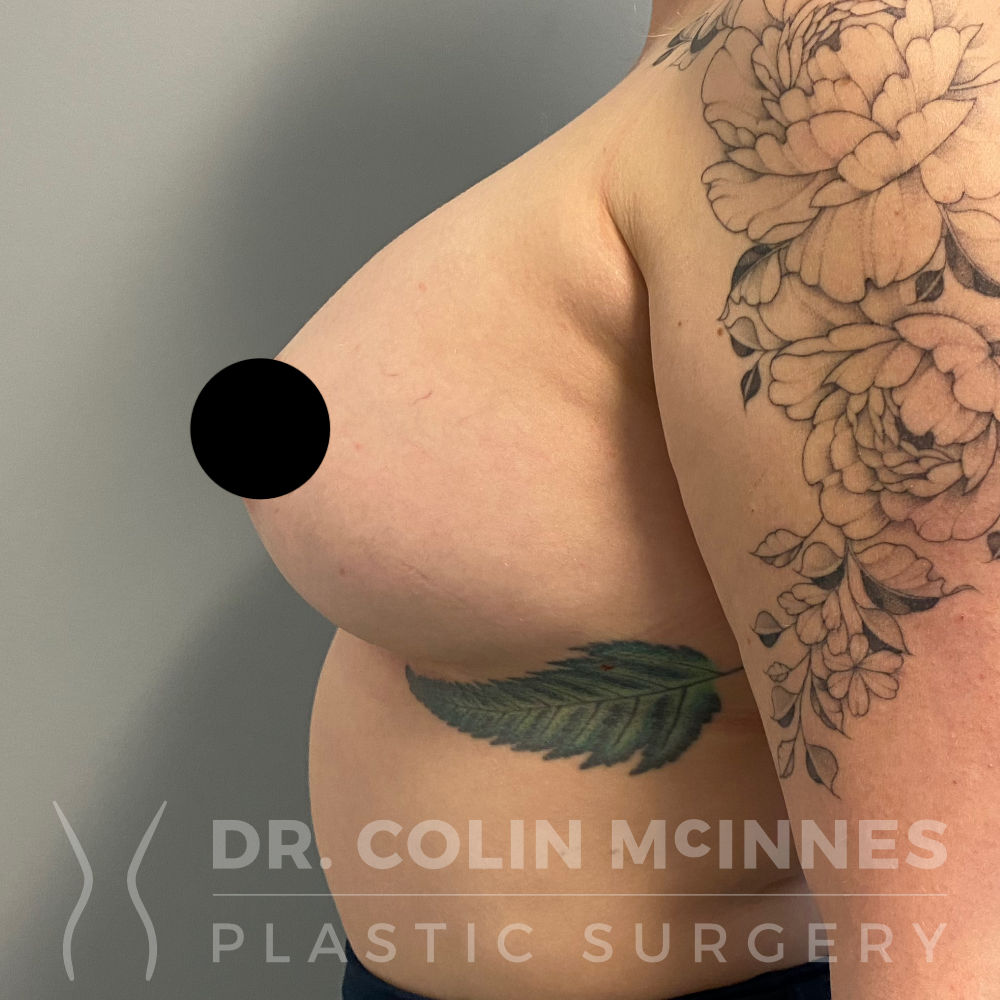
Breast Augmentation
Before
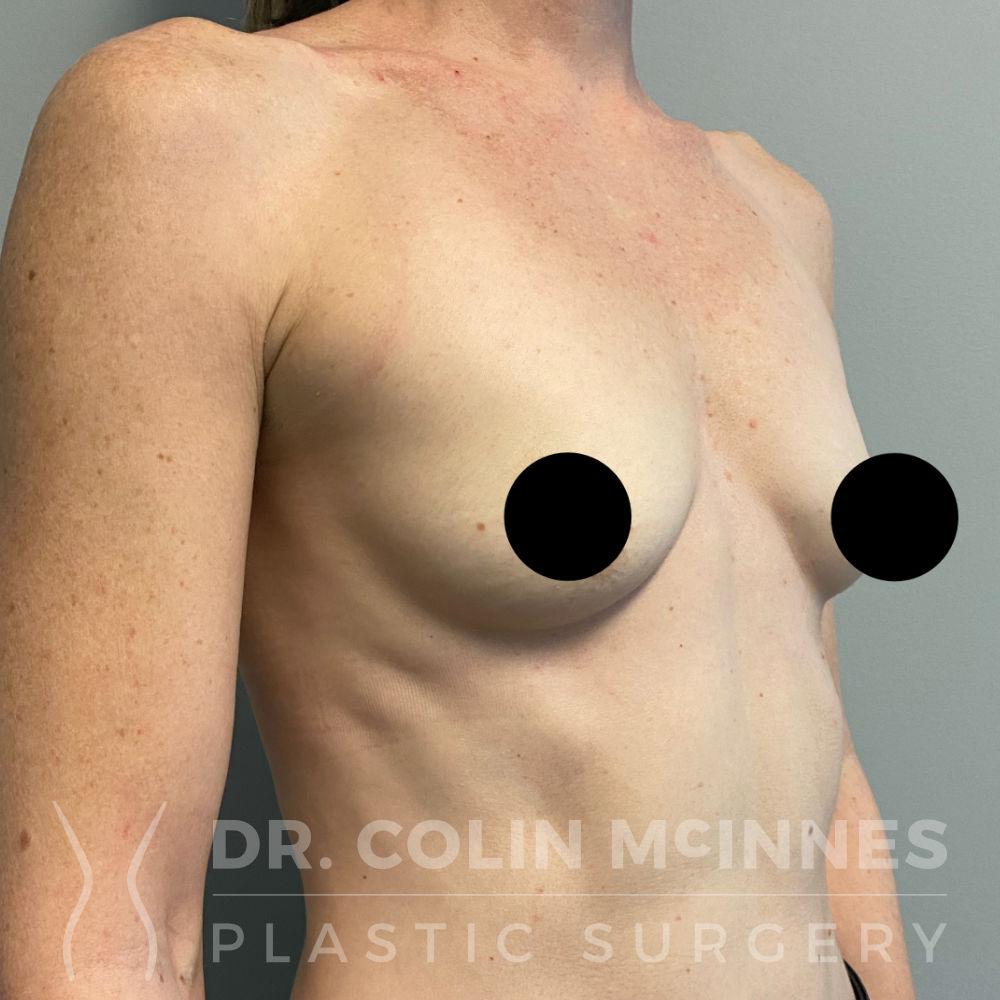
After
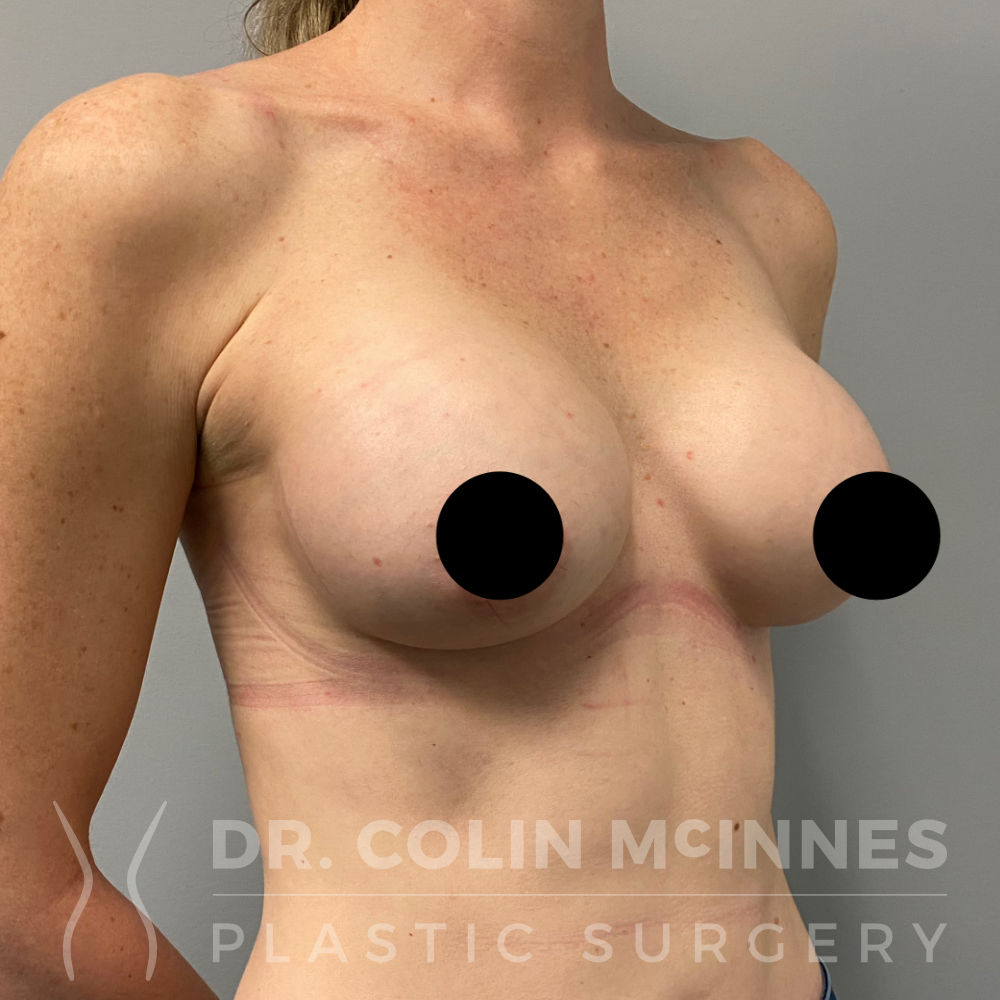
Breast Augmentation
Before
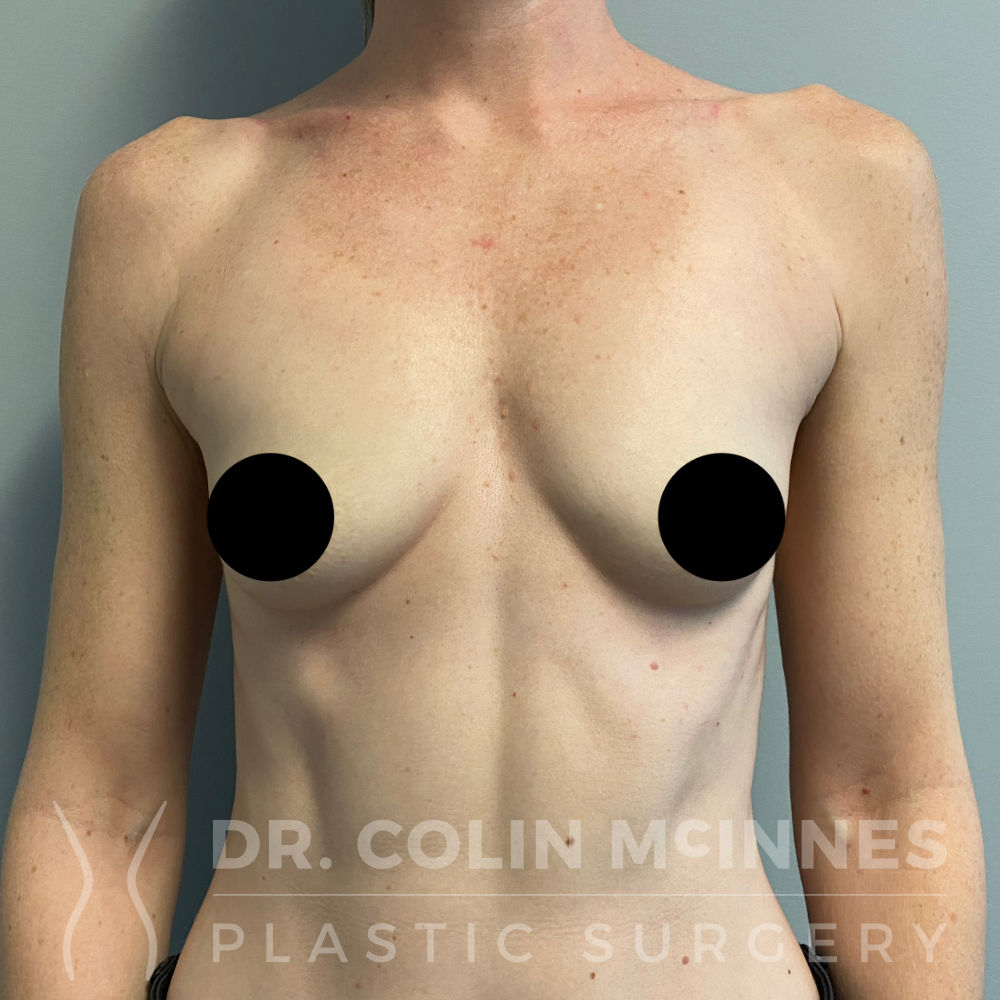
After
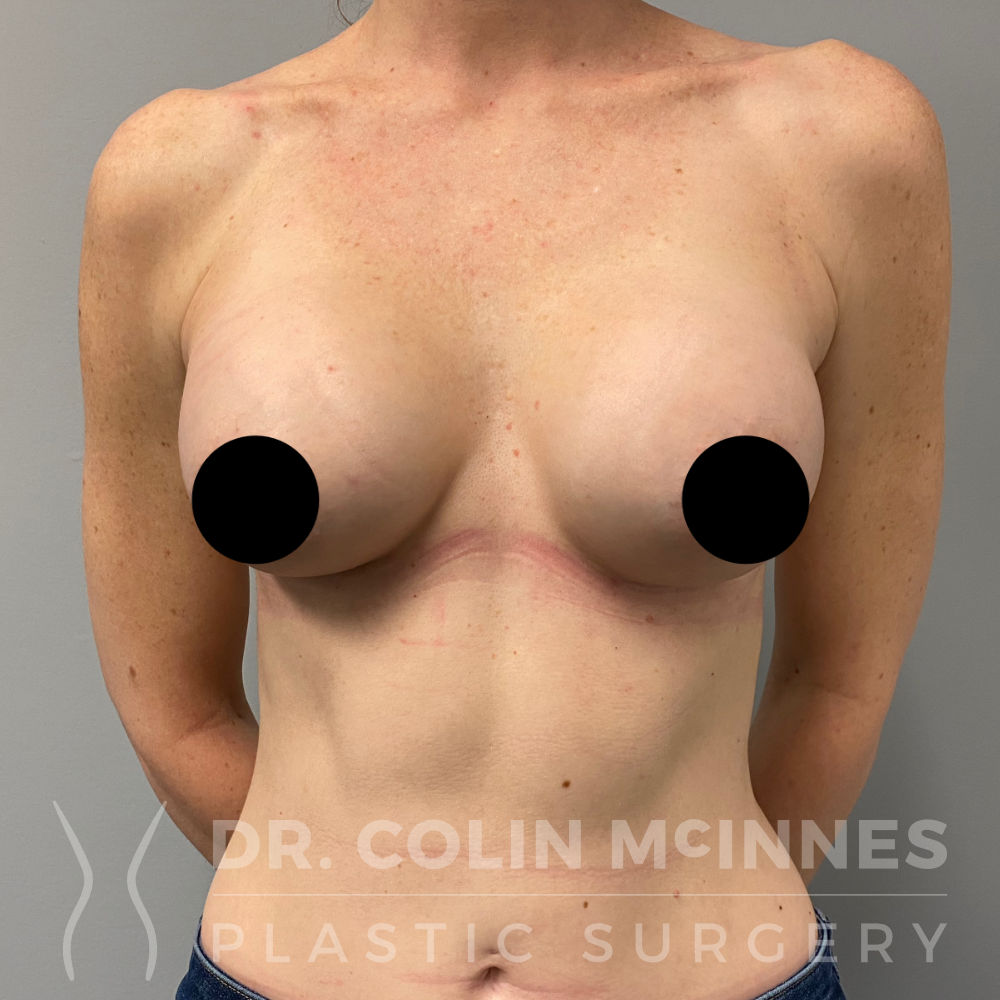
Breast Augmentation: Custom Dual Plane
Before
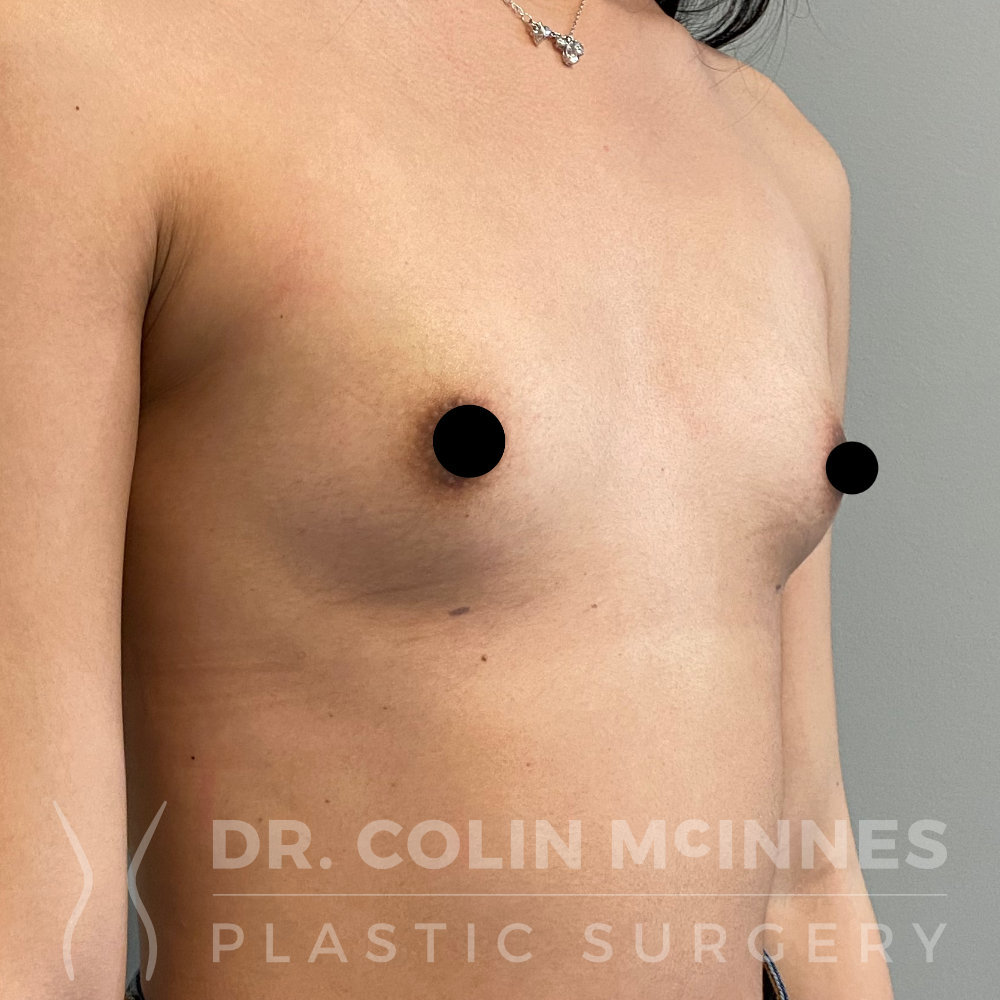
5 Weeks After

Breast Augmentation: Custom Dual Plane
Before
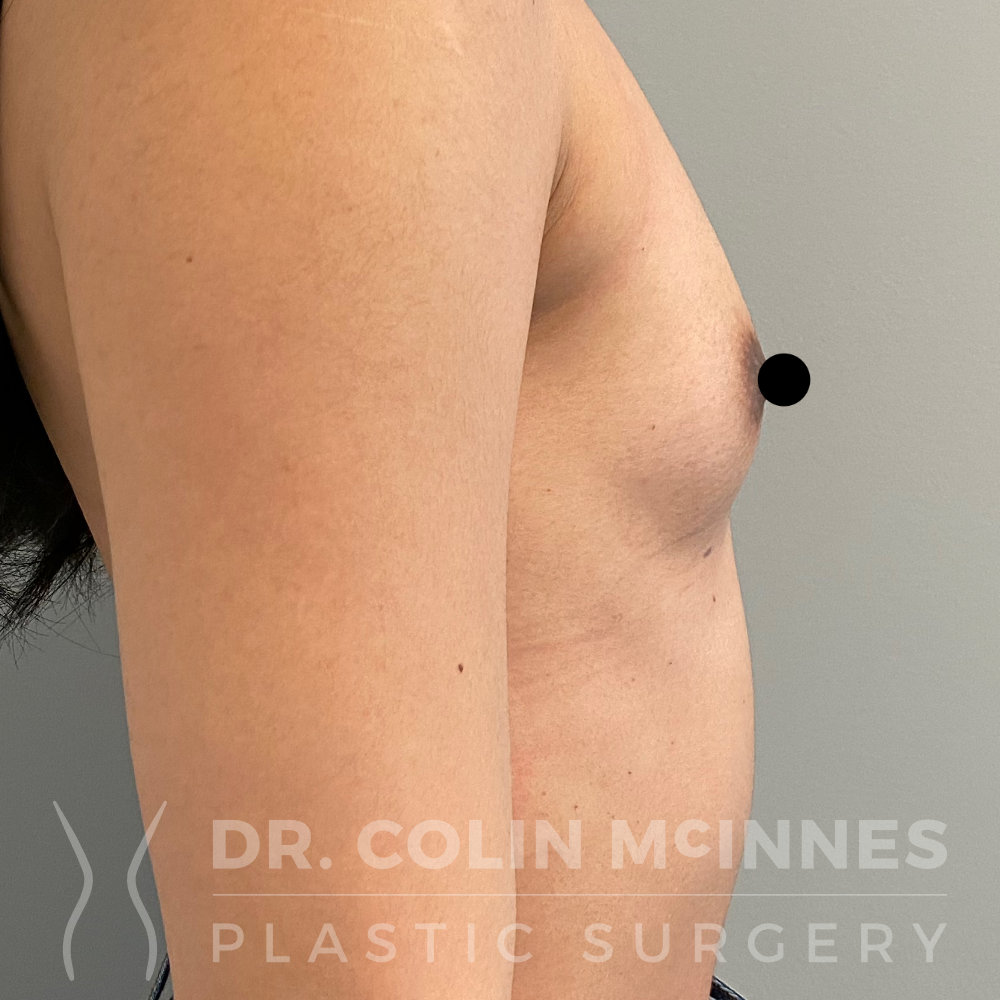
5 Weeks After
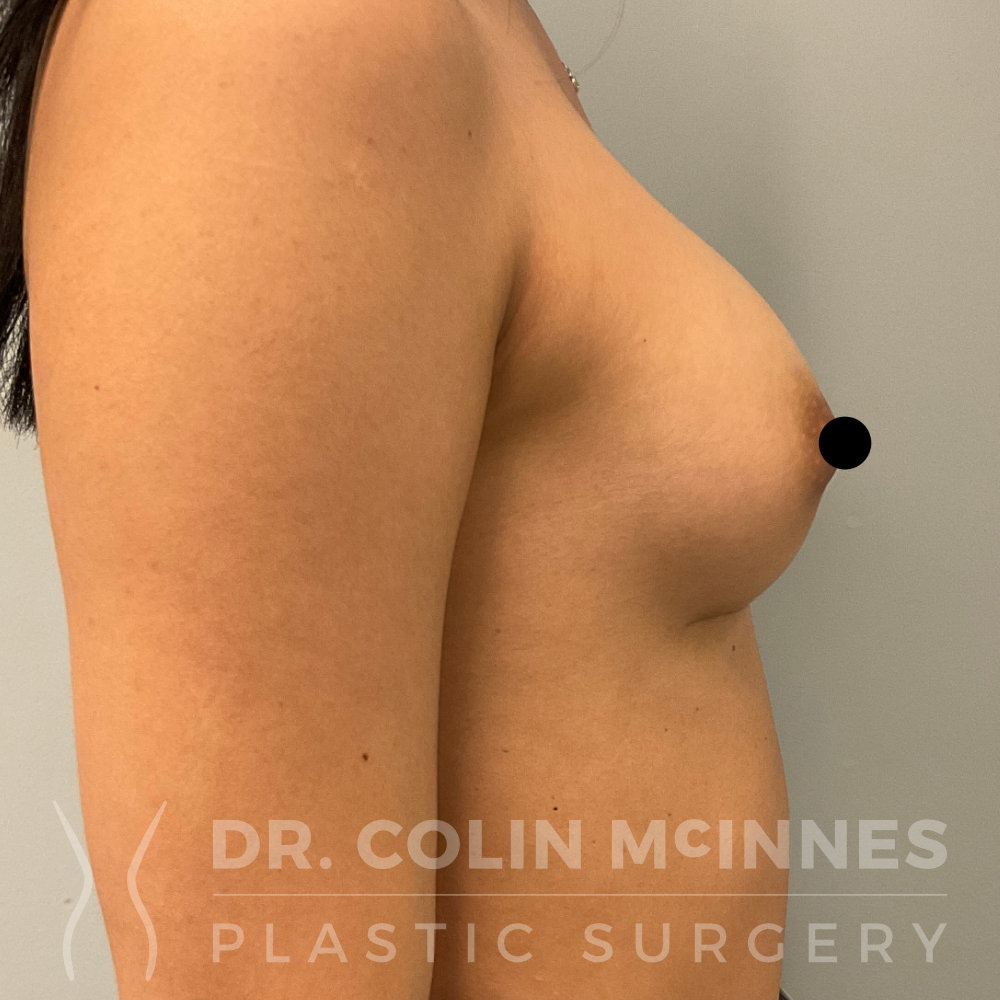
Breast Augmentation: Custom Dual Plane
Before
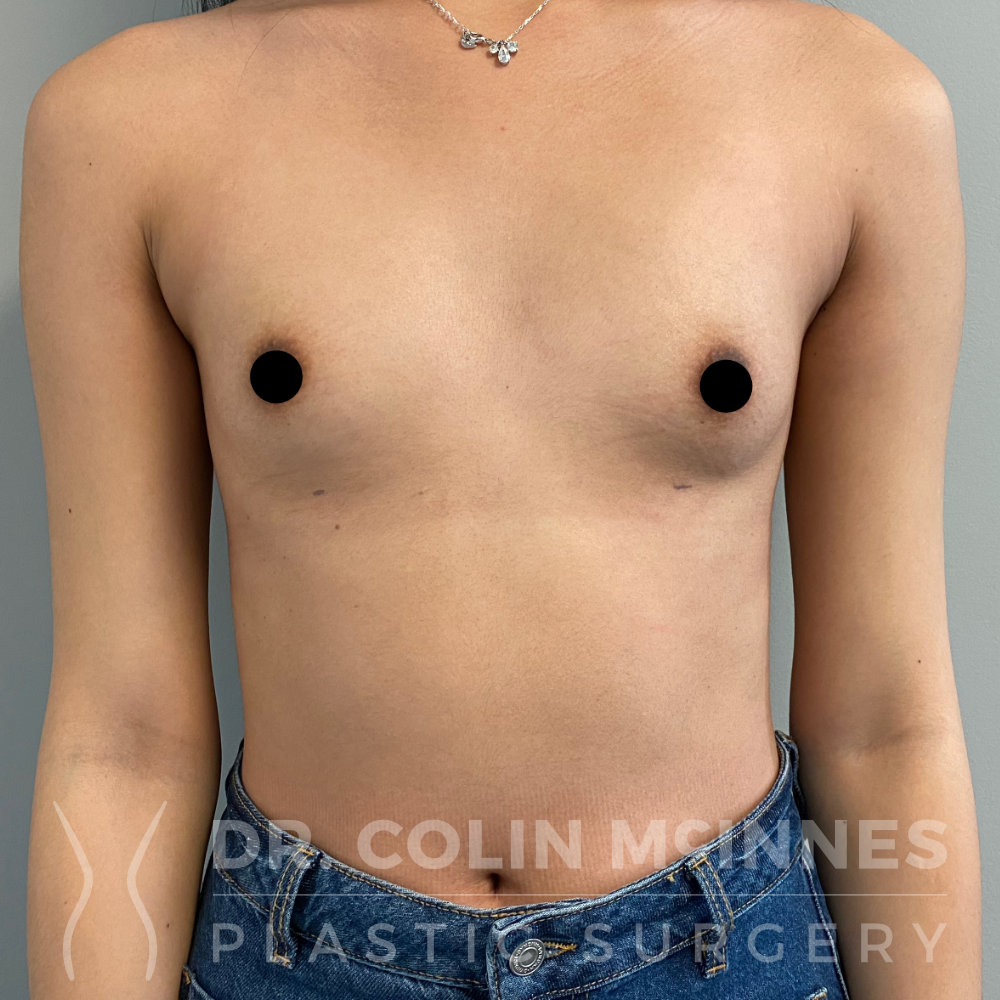
5 Weeks After

Breast Augmentation Mastopexy
Before

After
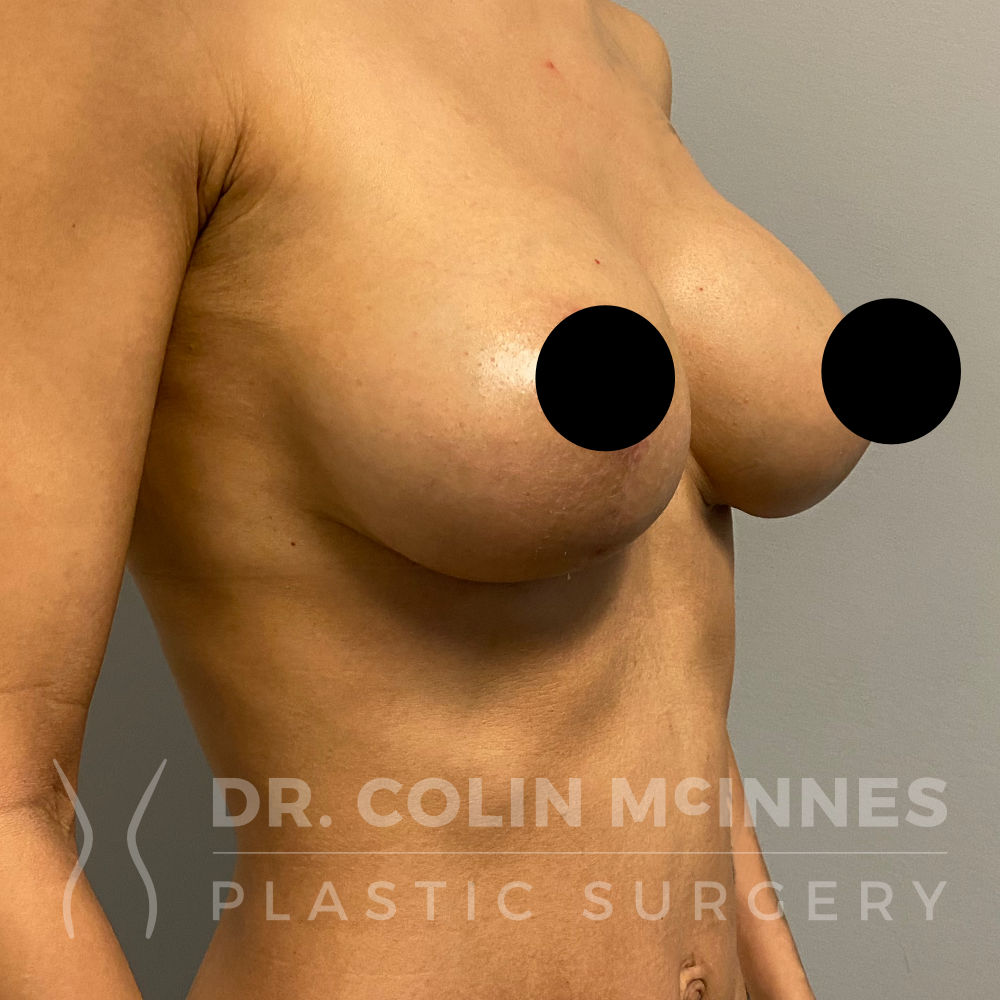
Breast Augmentation Mastopexy
Before
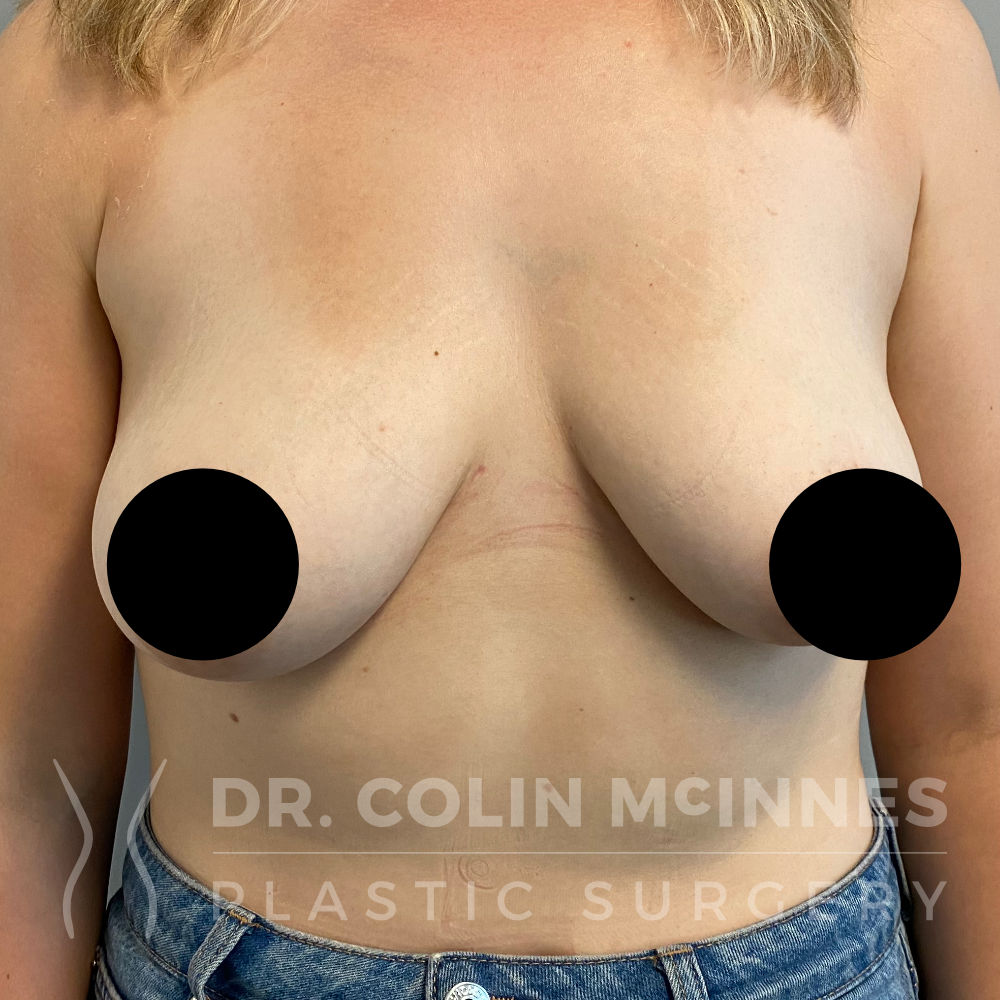
3 months
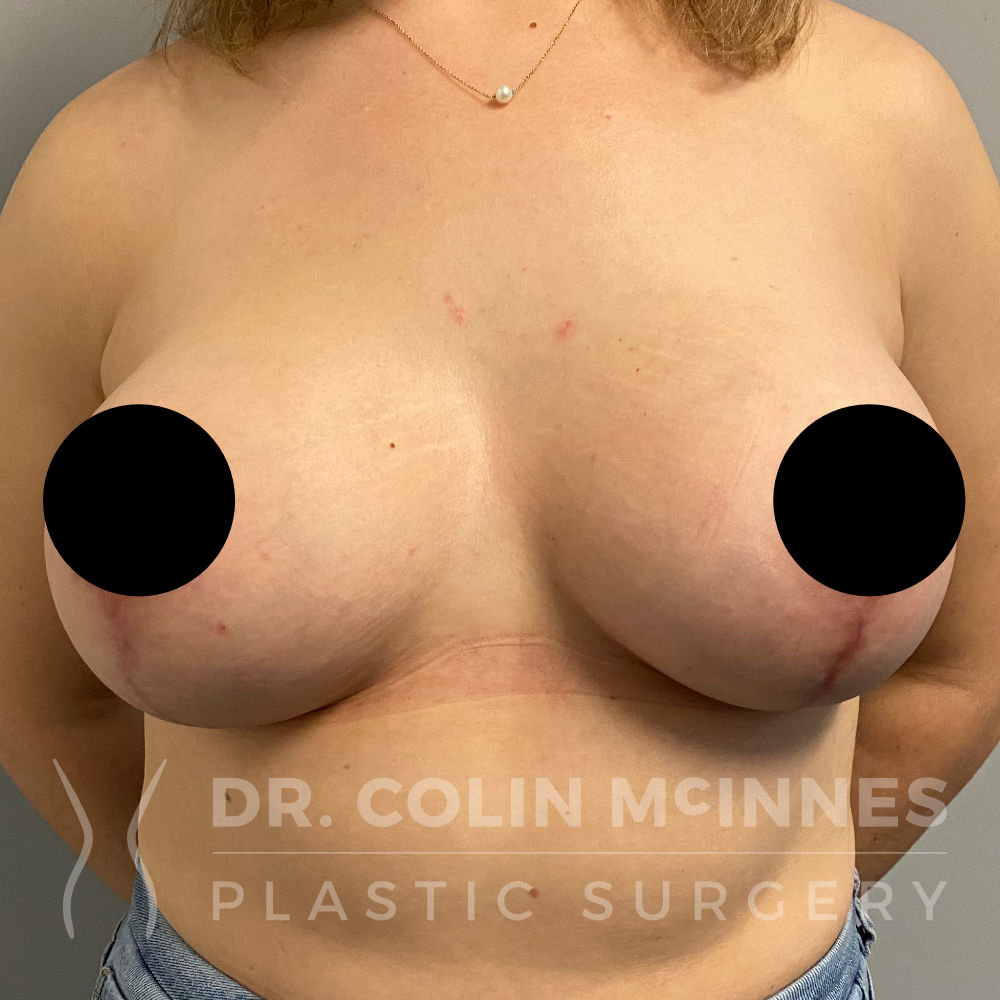
Breast Augmentation Mastopexy
Before
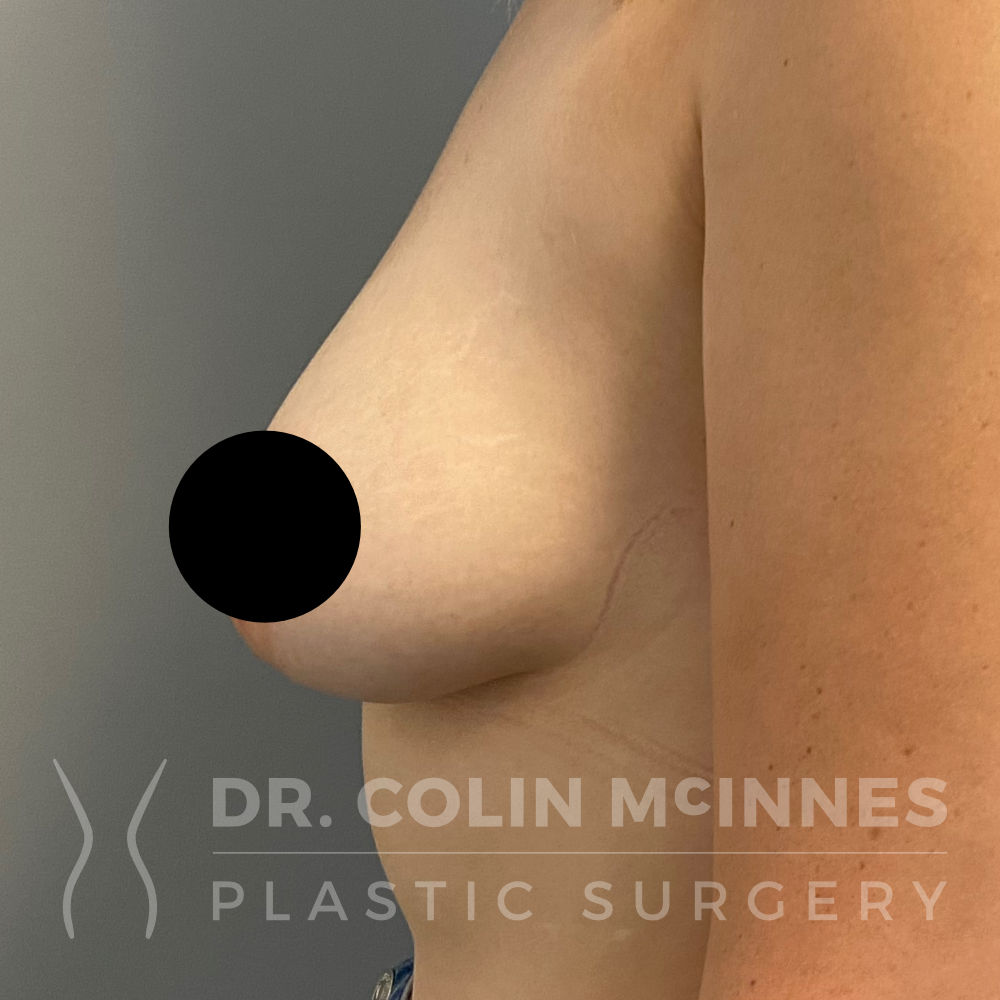
3 months
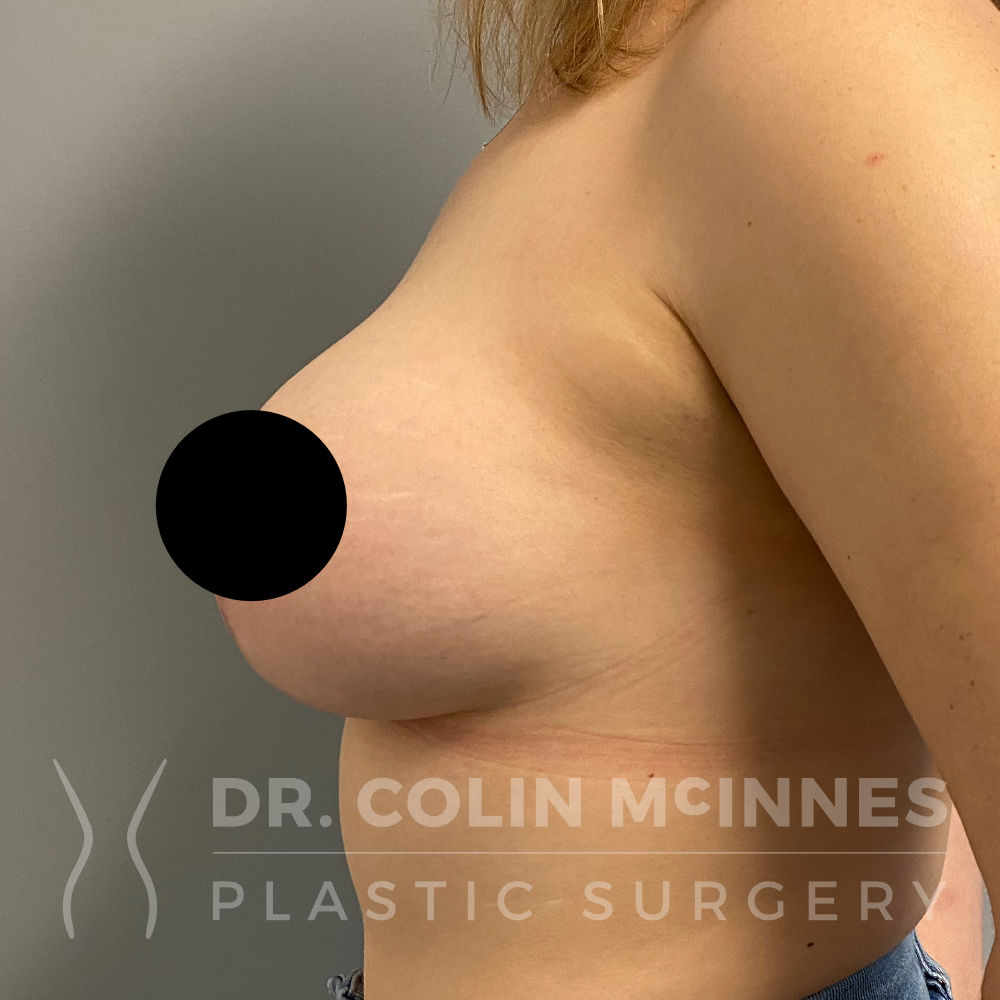
Breast Augmentation Mastopexy
Before
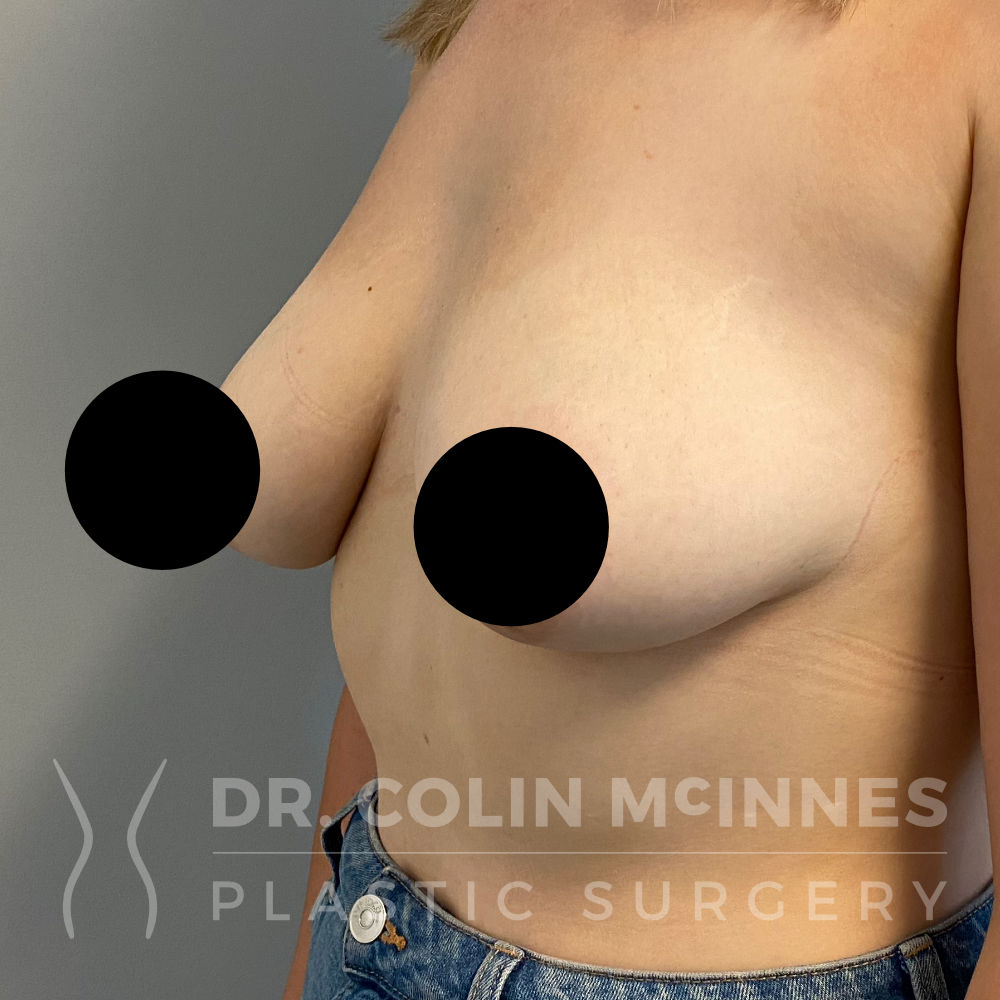
3 months
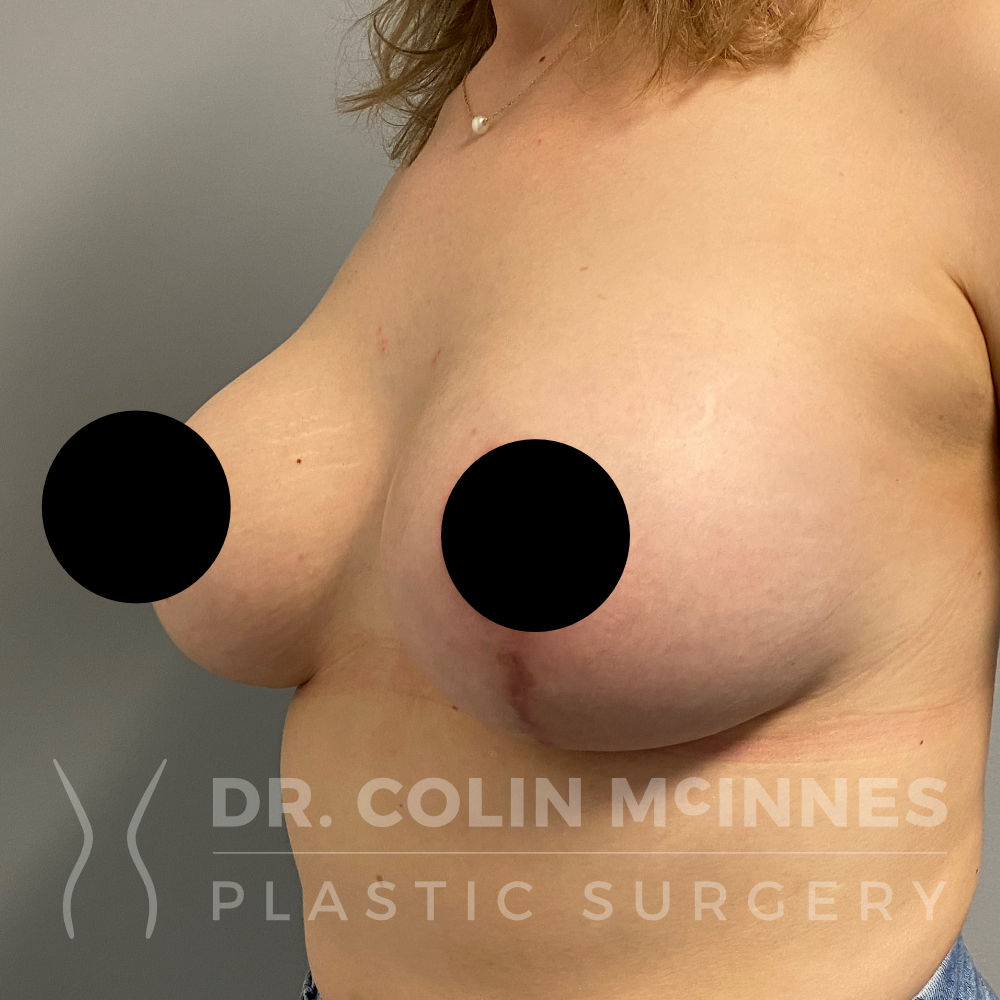
Breast Augmentation Mastopexy
Before
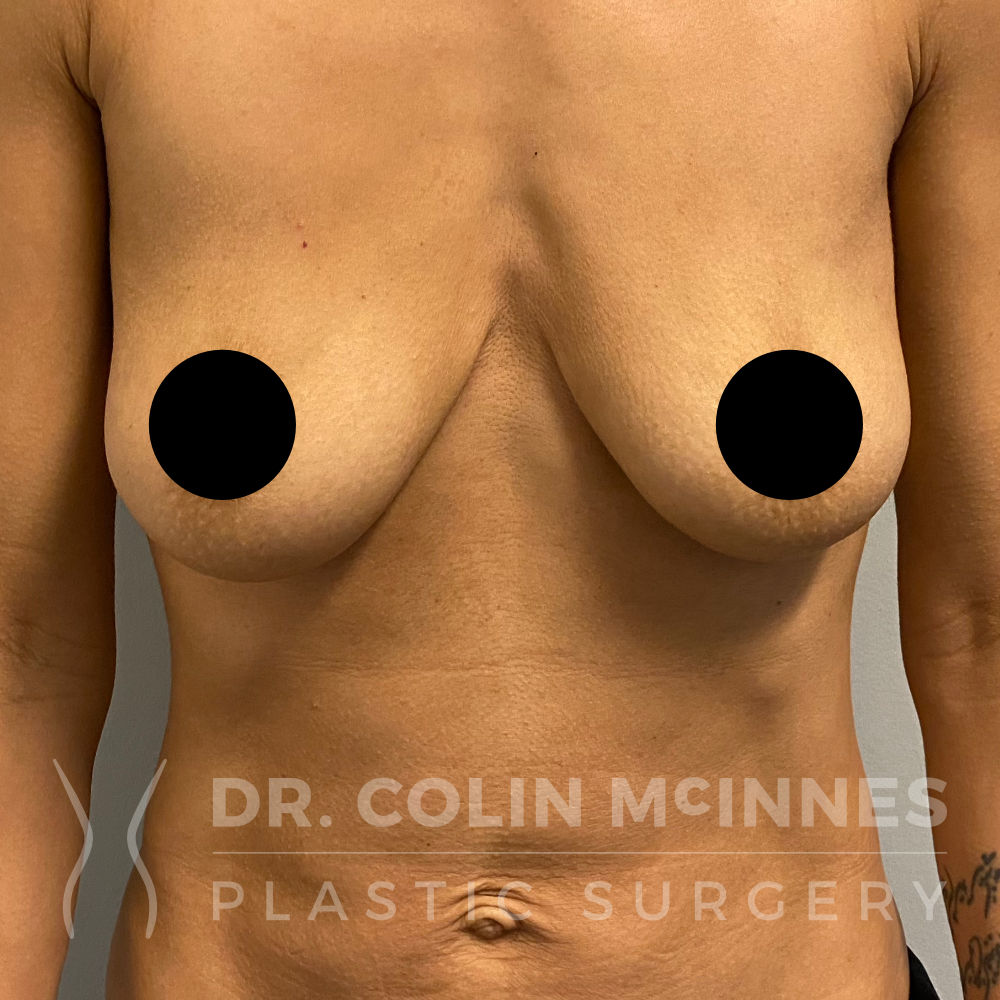
After
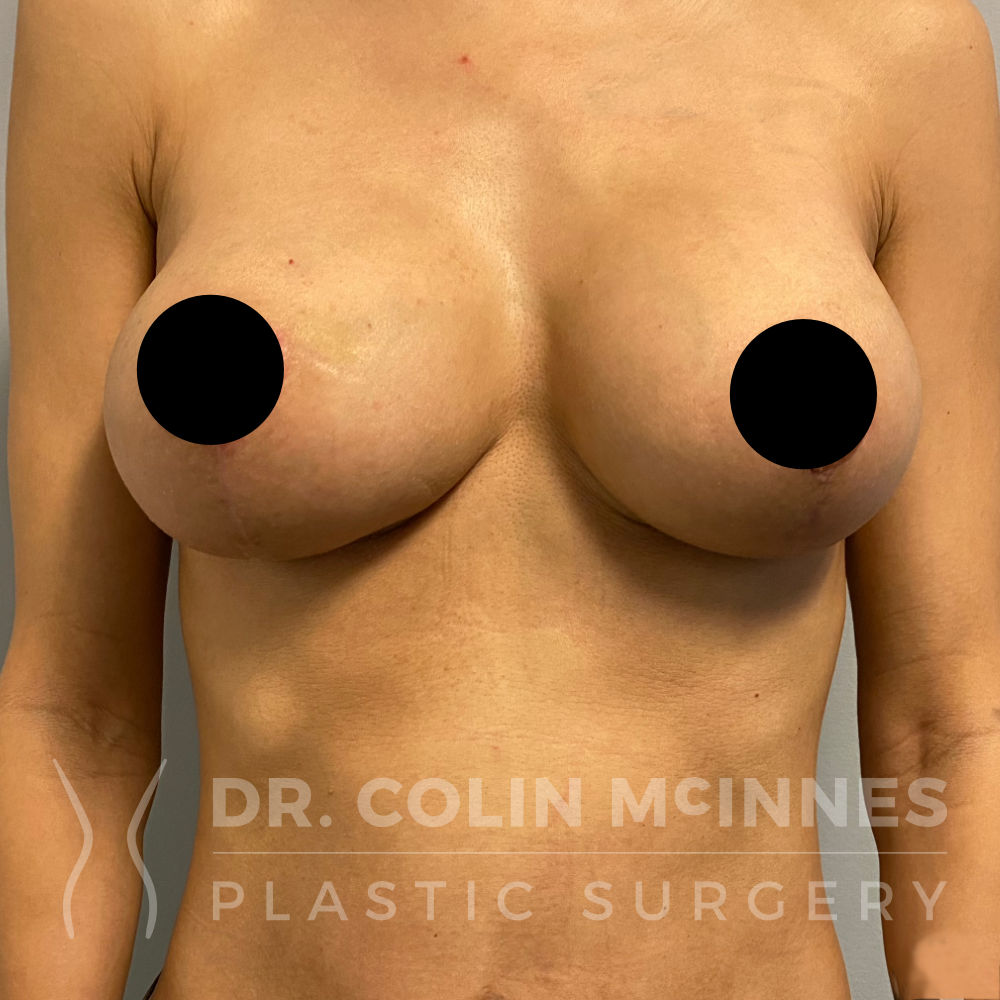
Breast Augmentation Mastopexy
Before
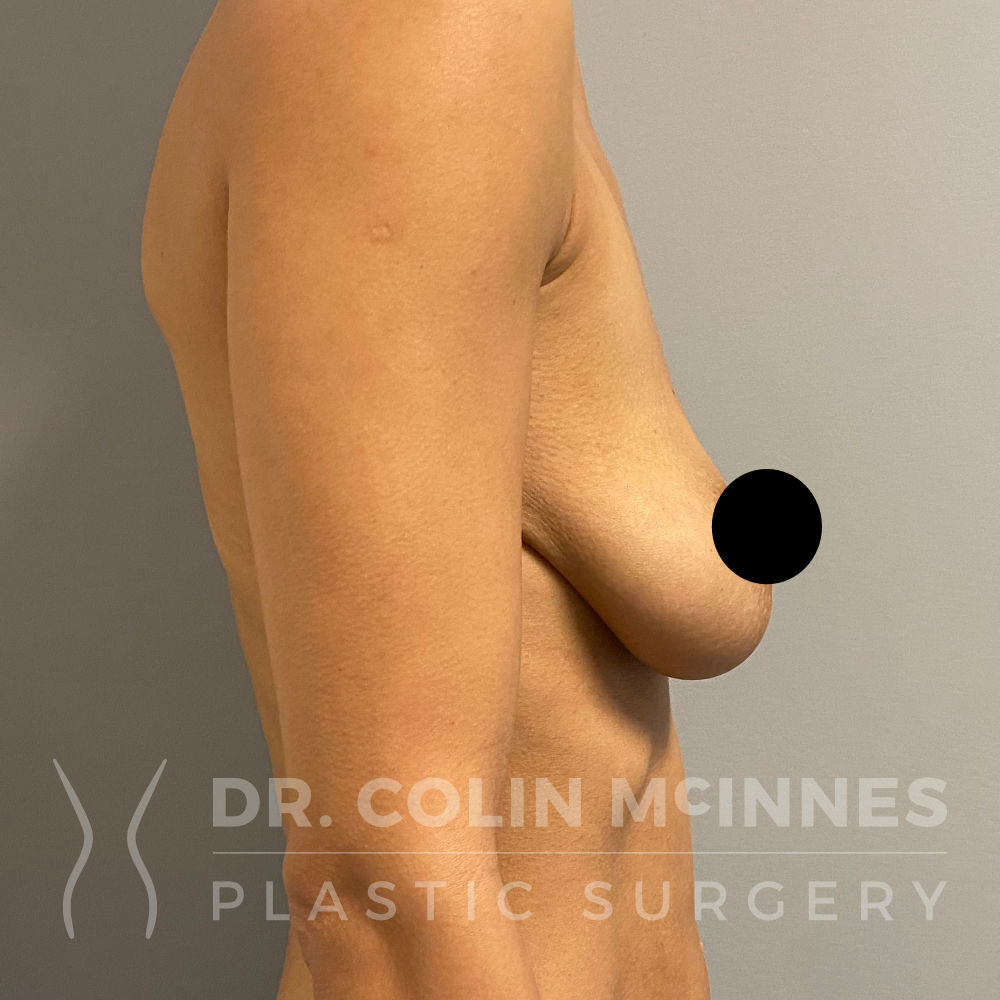
After
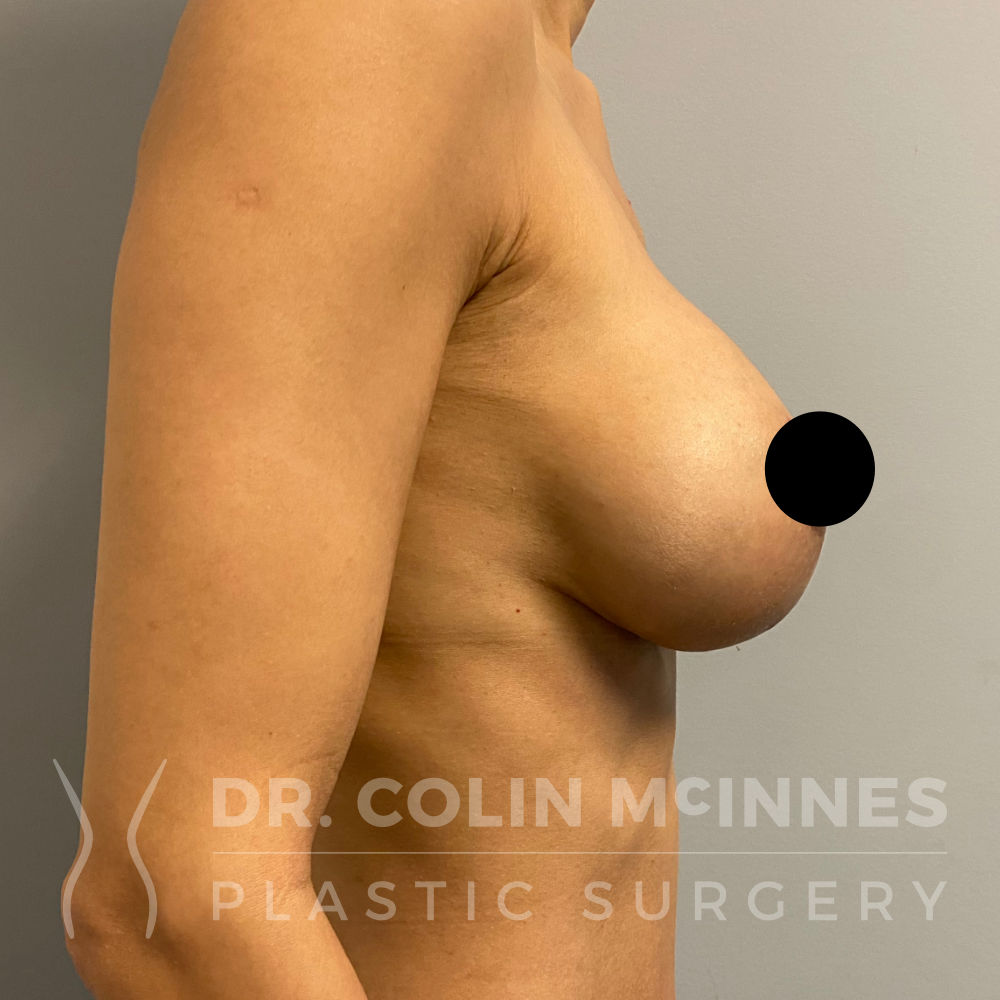
Breast Augmentation with New Implants
Mastopexy, Nipple Reduction, Areola Reduction, Drainless Tummy Tuck with Lipo + Lower Back Liposuction
Before
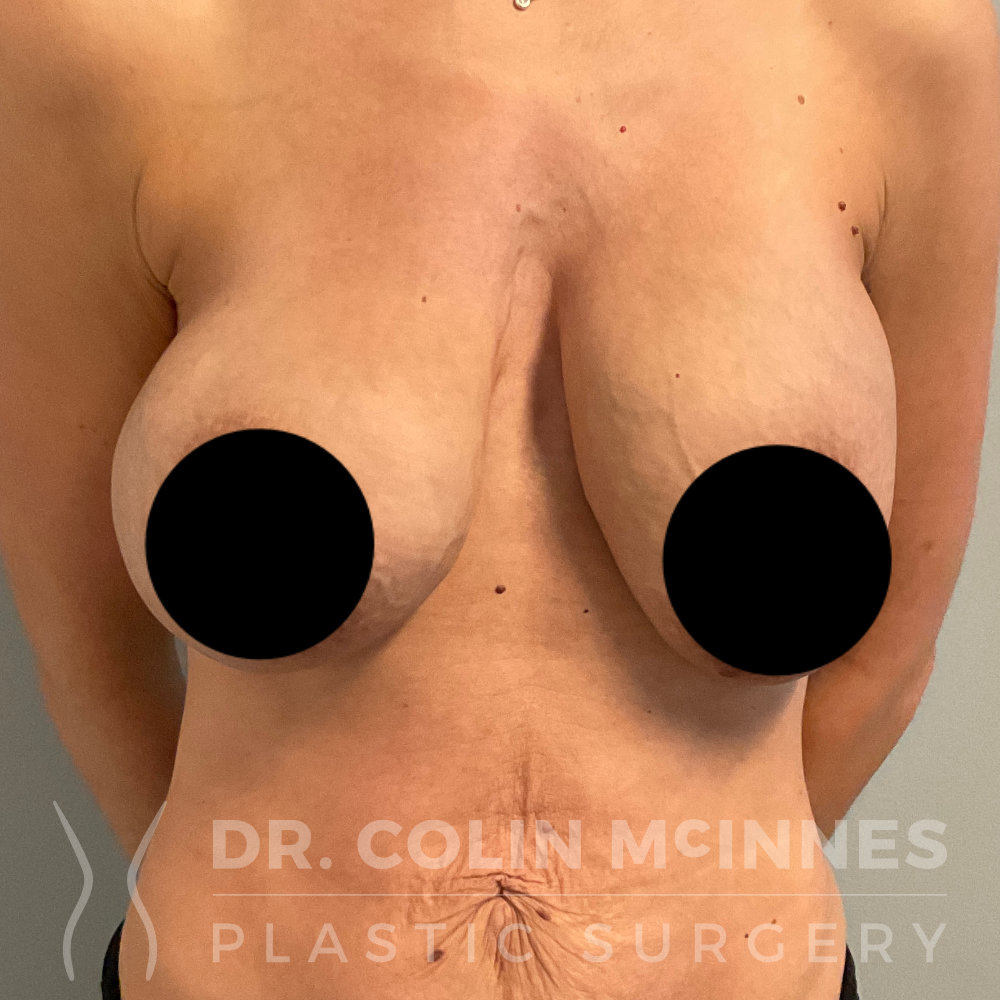
7 Weeks After

Breast Augmentation w/internal bra support
Before
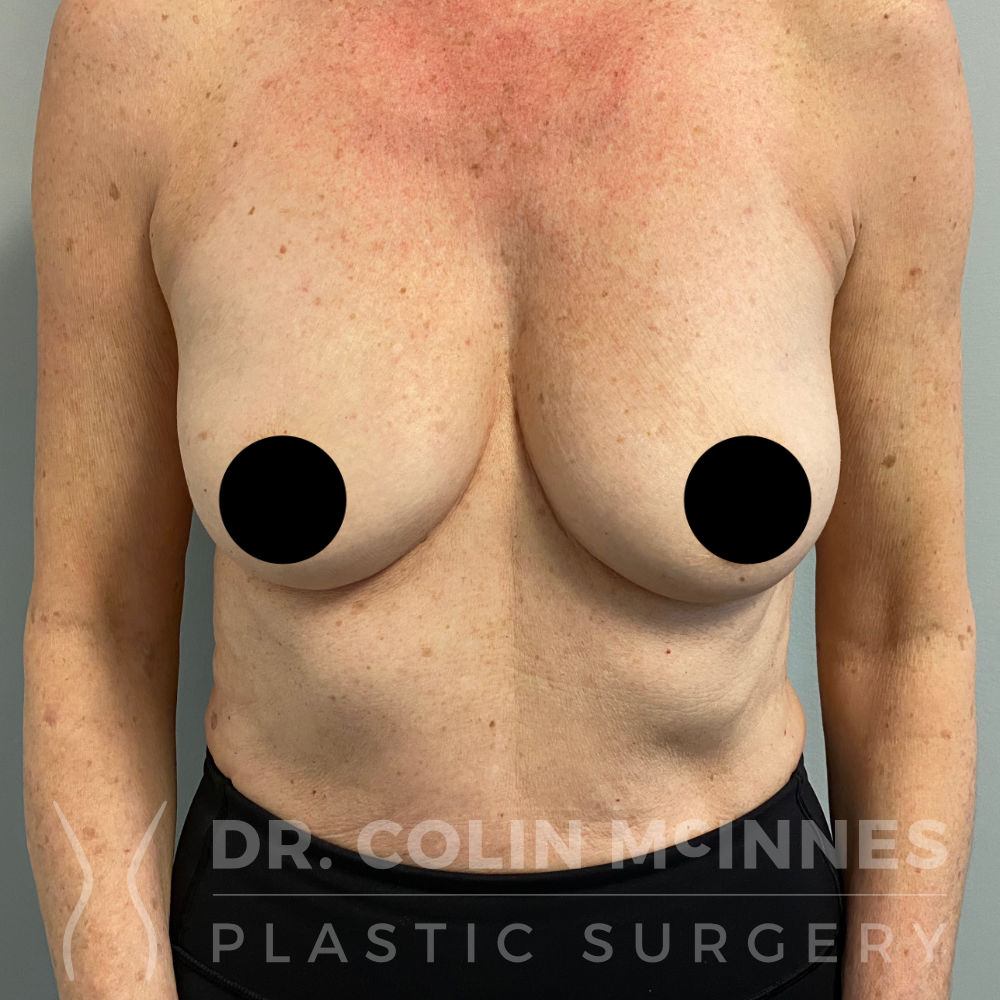
After
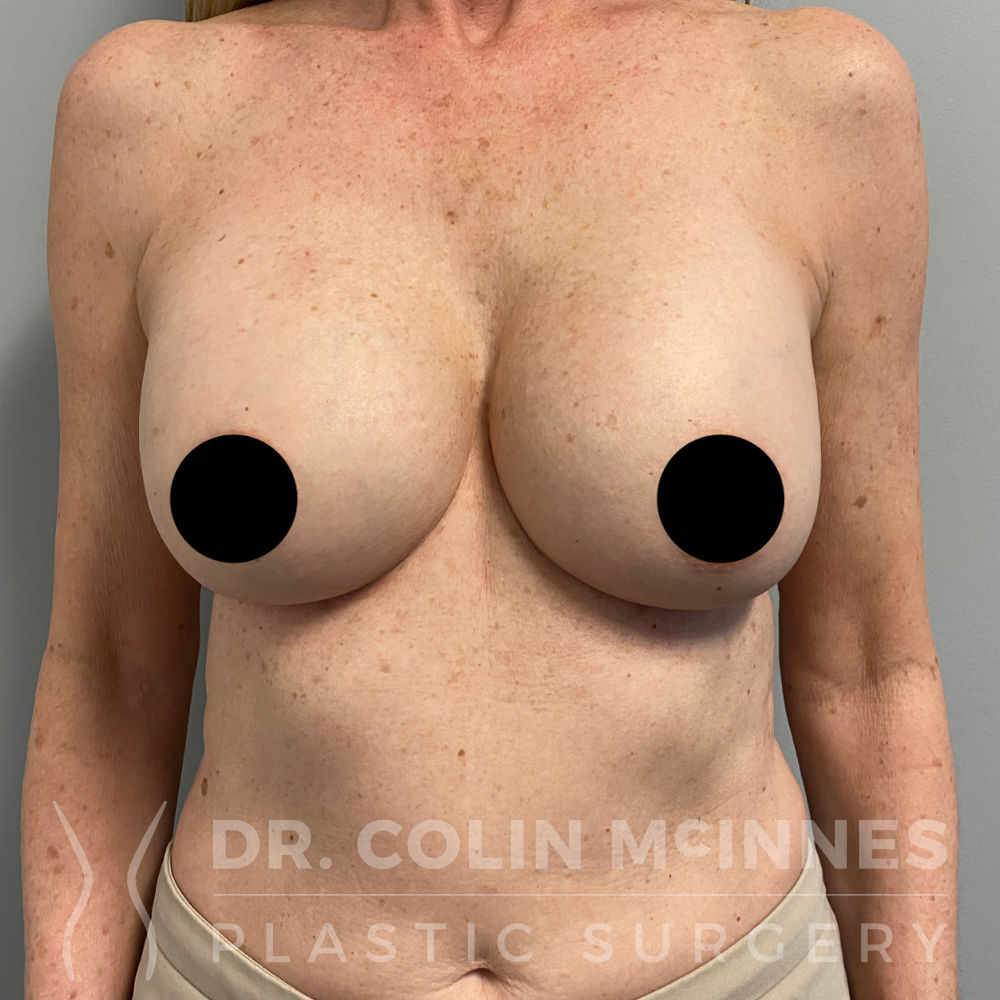
Breast Augmentation w/internal bra support
Before
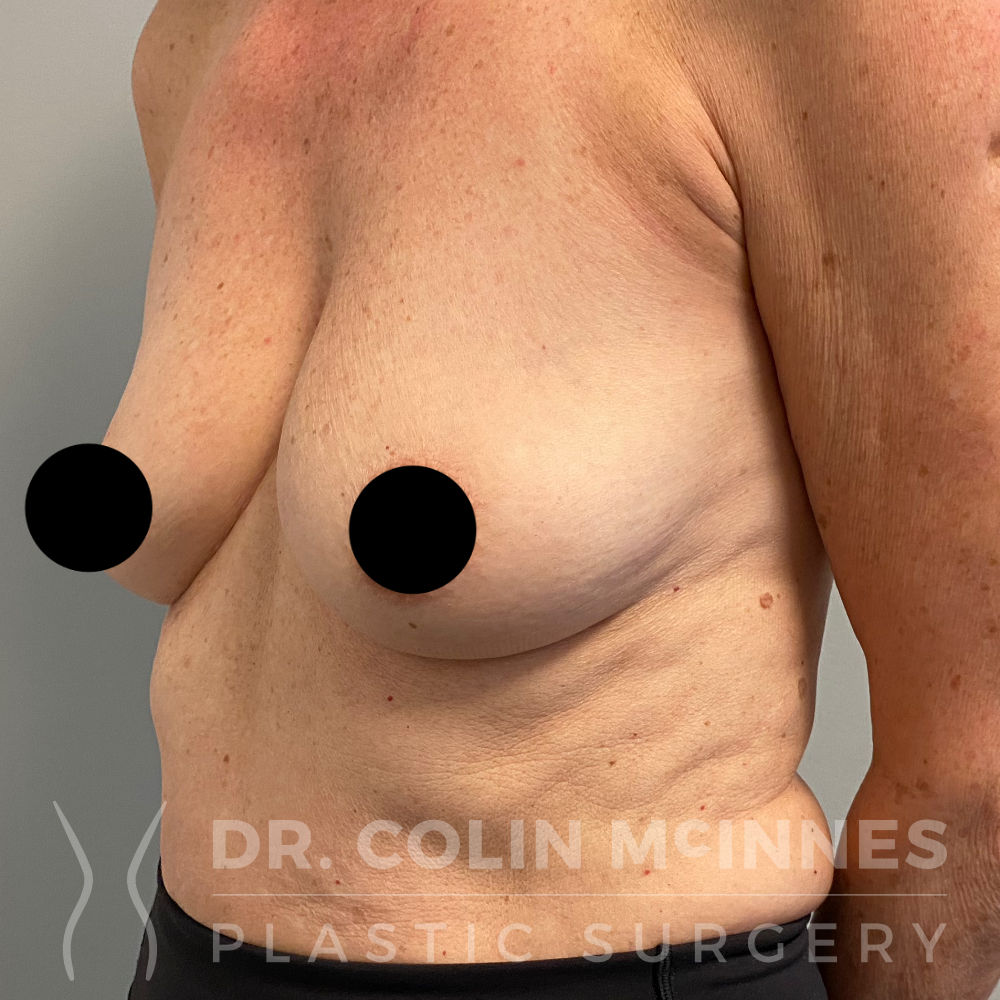
After

Primary Breast Augmentation
Before

6 months post op
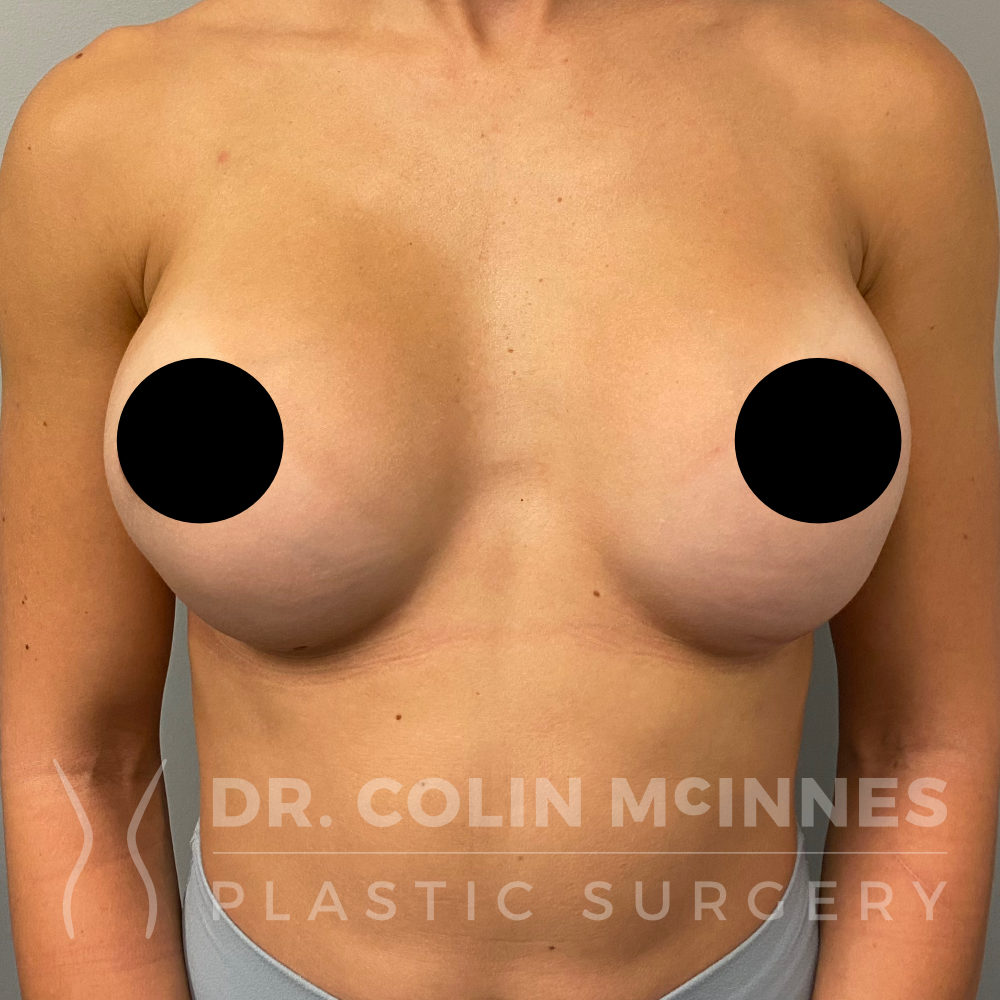
Revision Breast Augmentation
Before
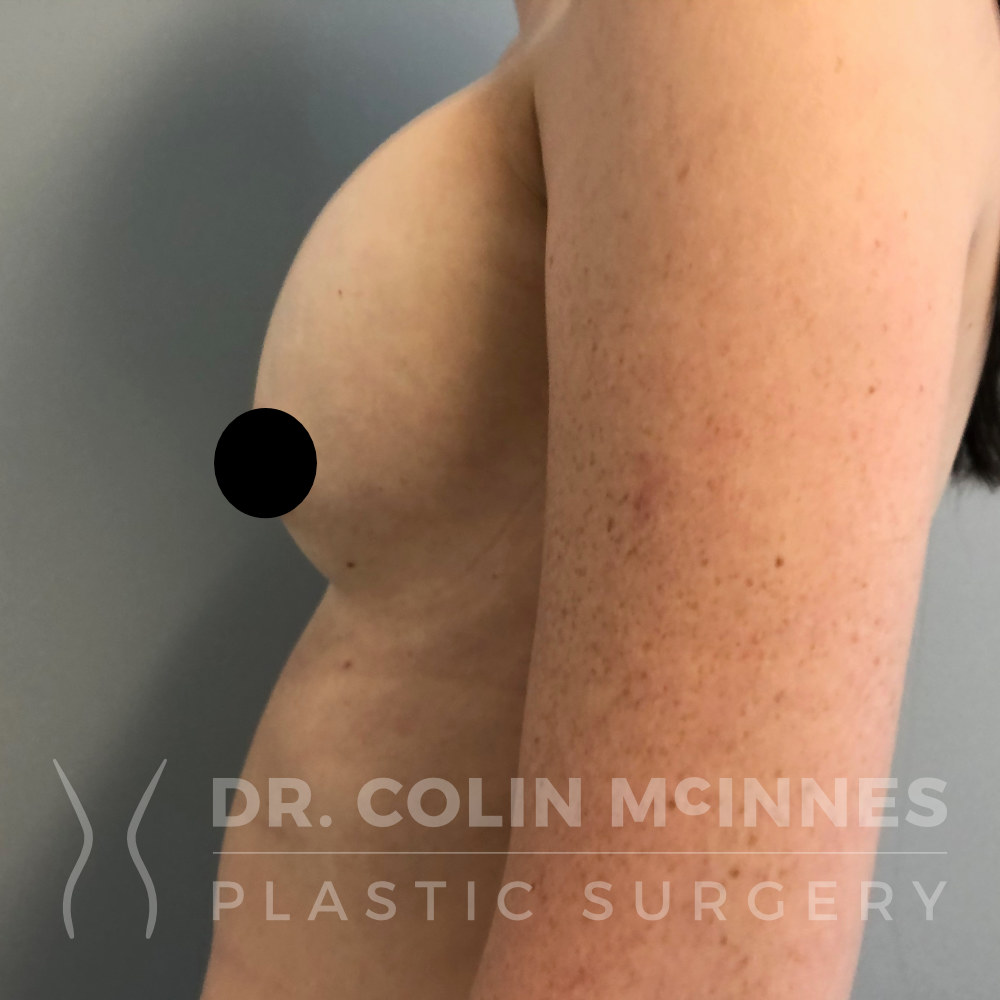
2 weeks post op
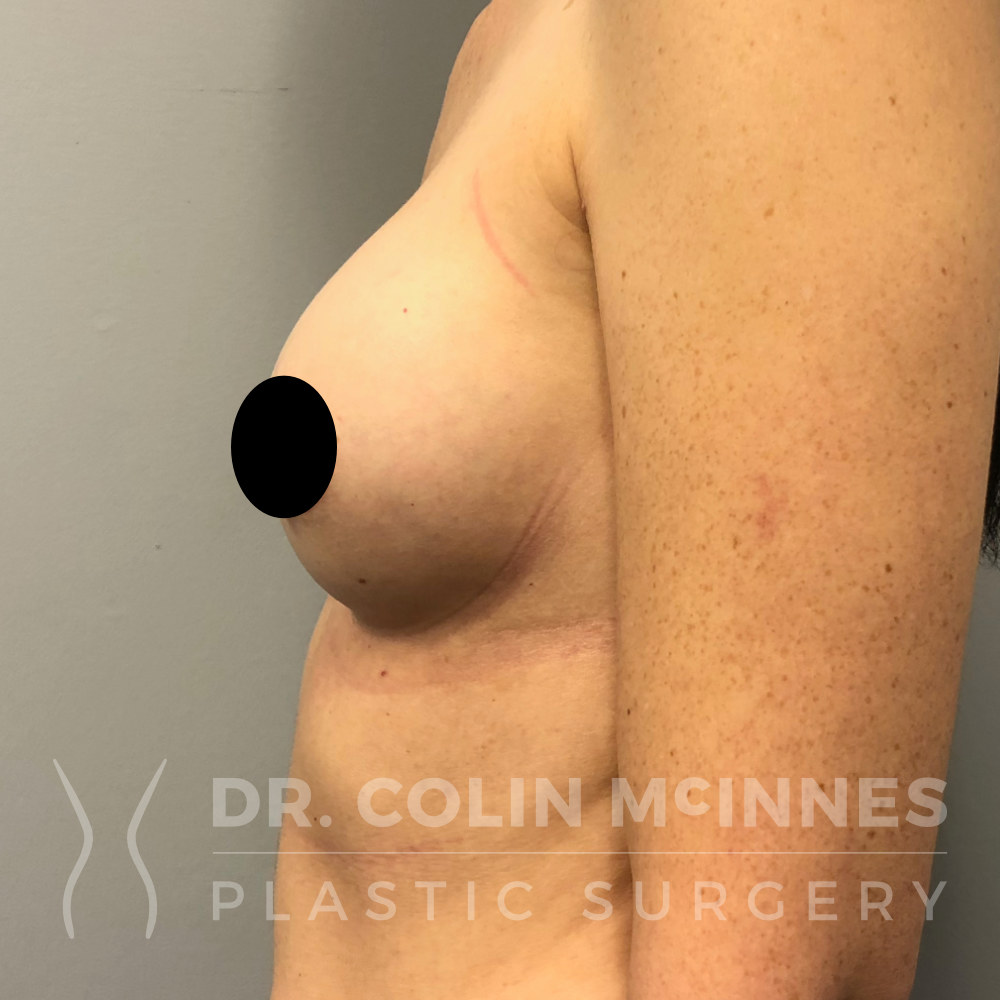
Revision Breast Augmentation
Before

Post op

Revision Breast Augmentation
Before
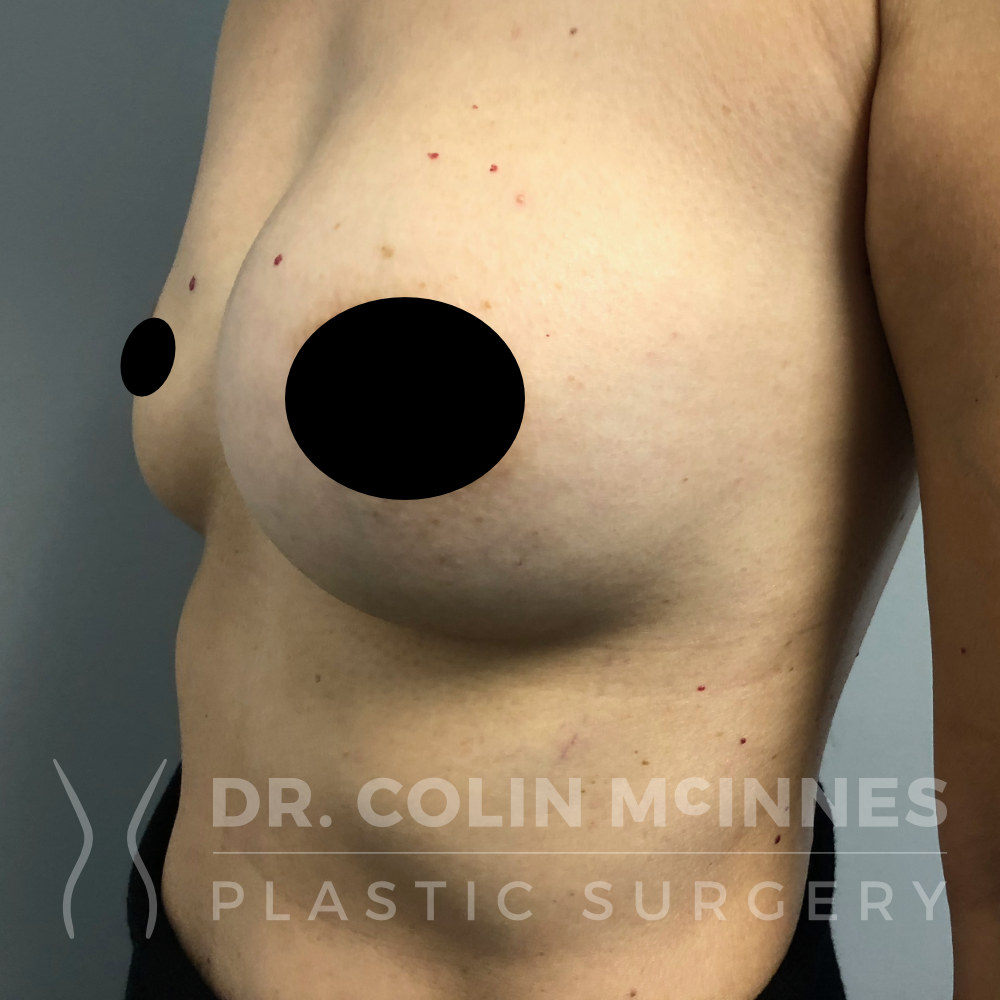
Post op
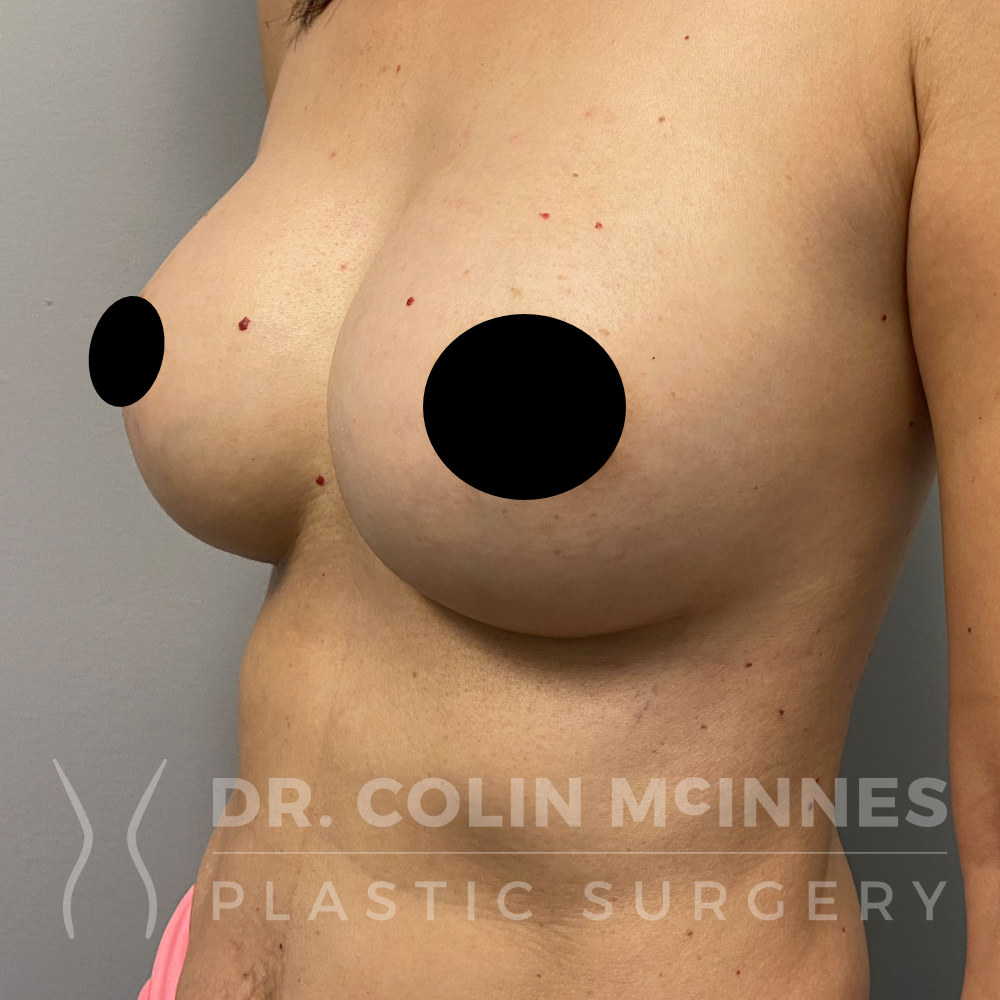
Revision Breast Augmentation
Before
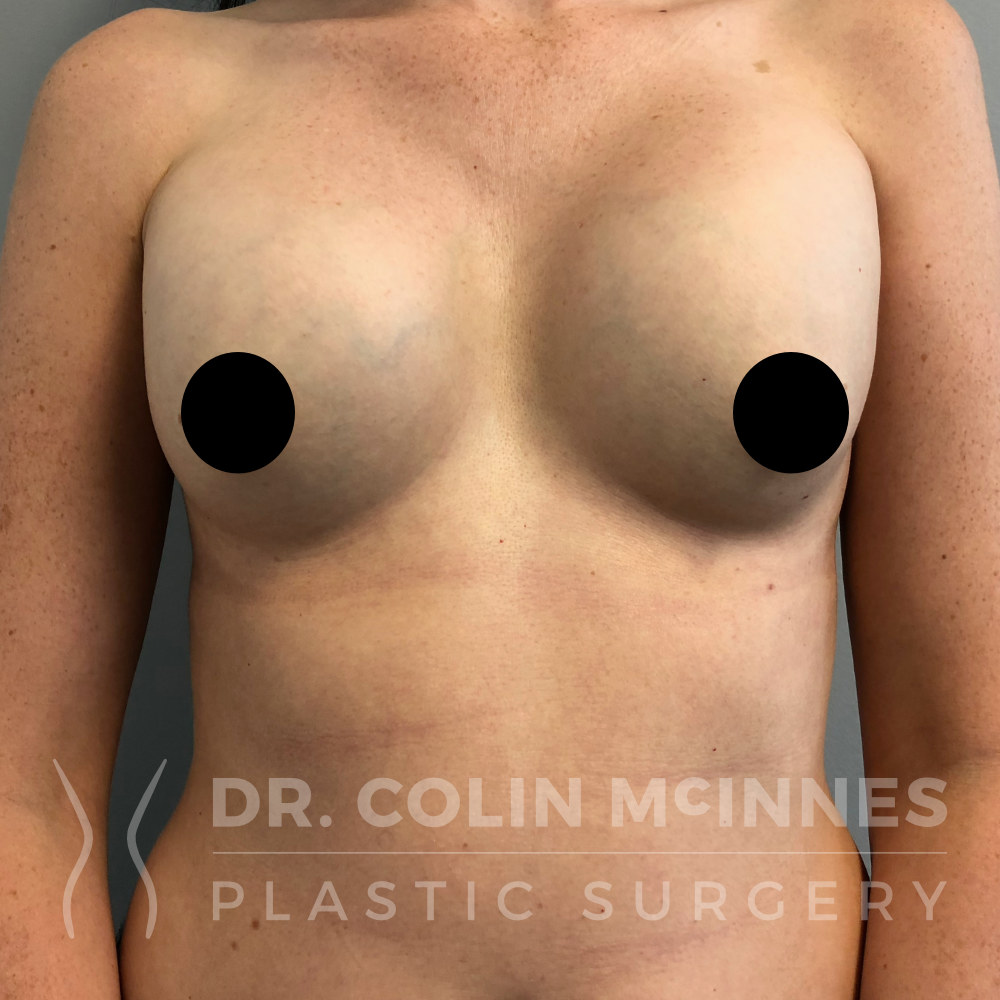
2 weeks post op
